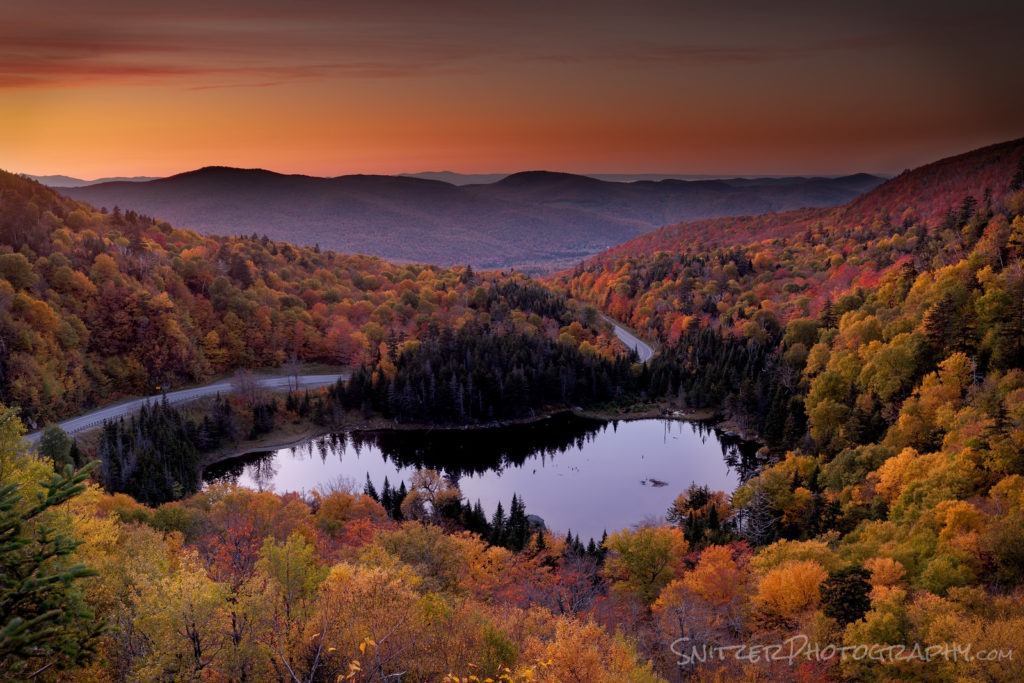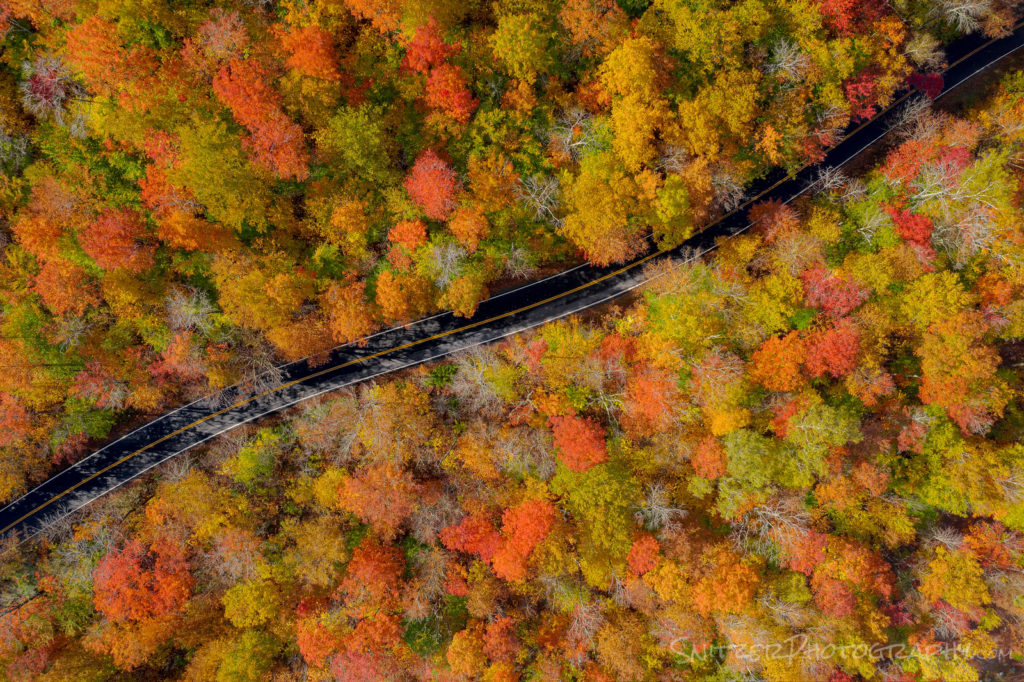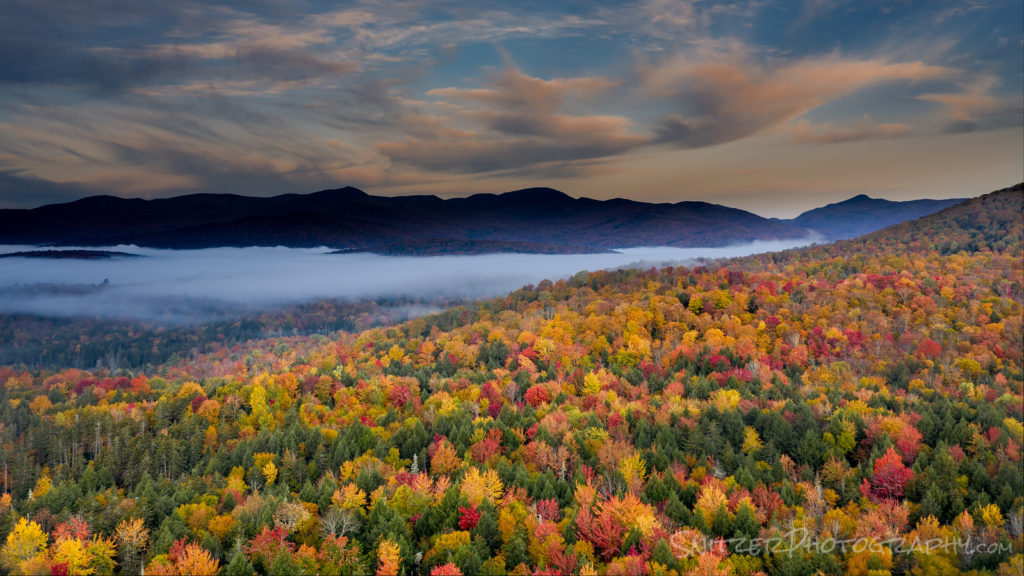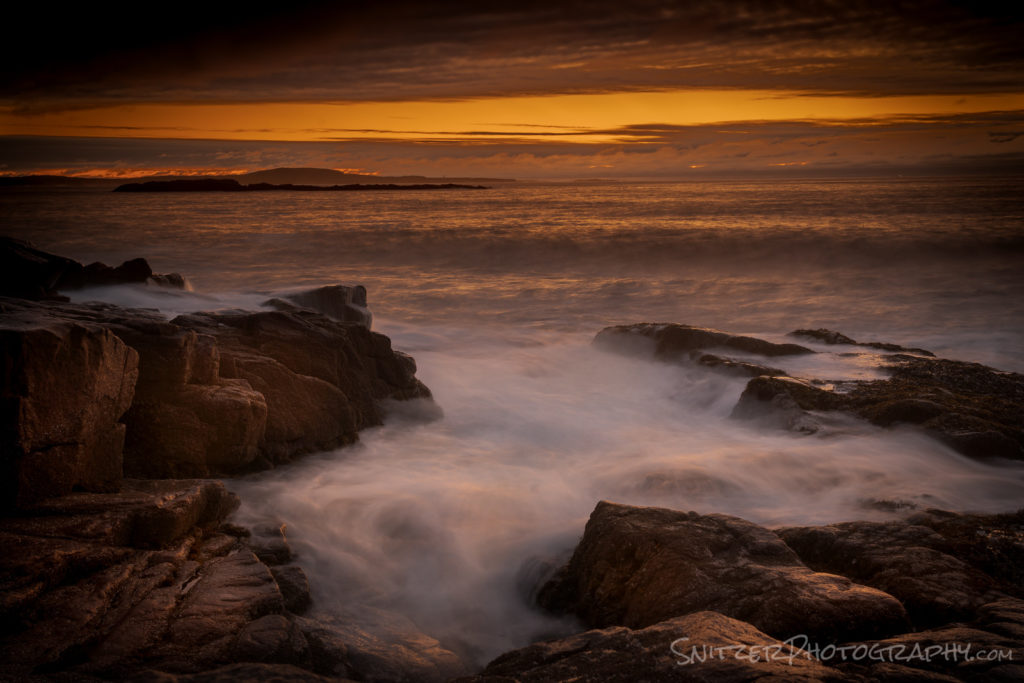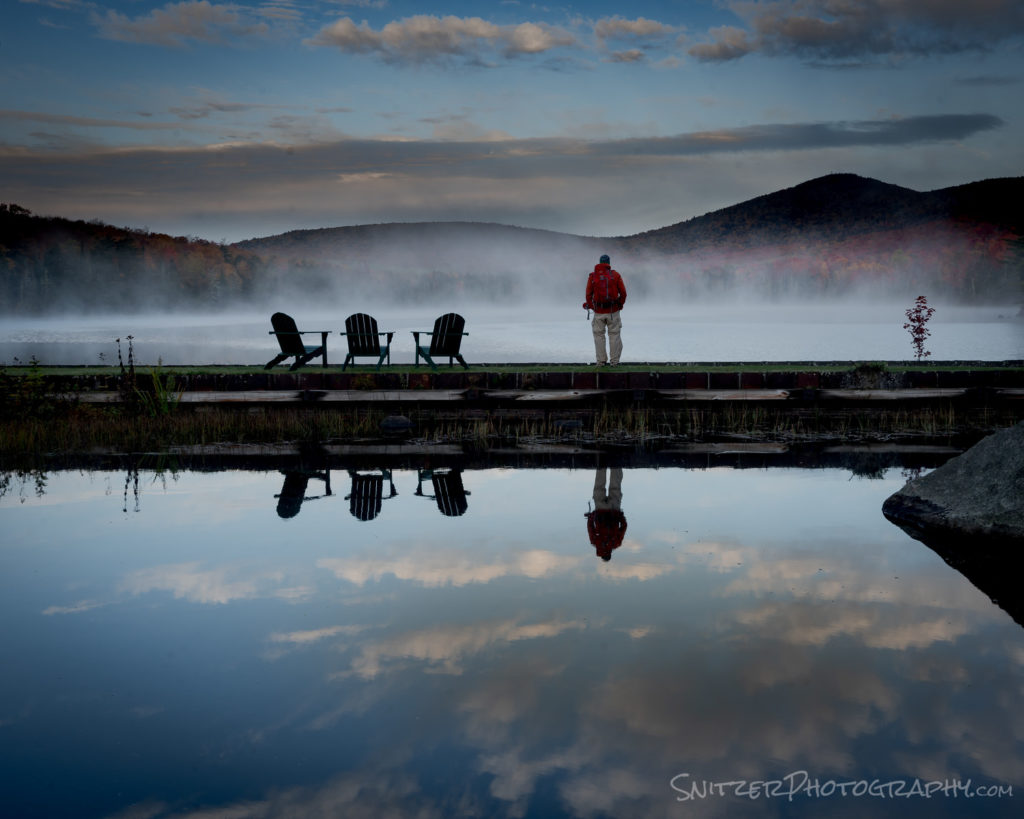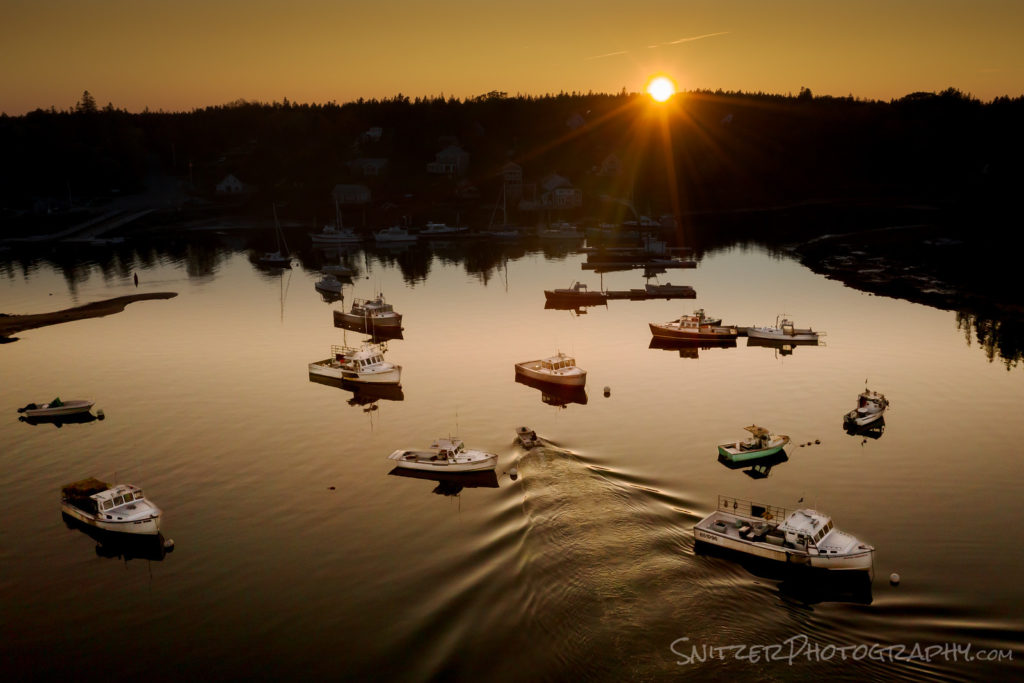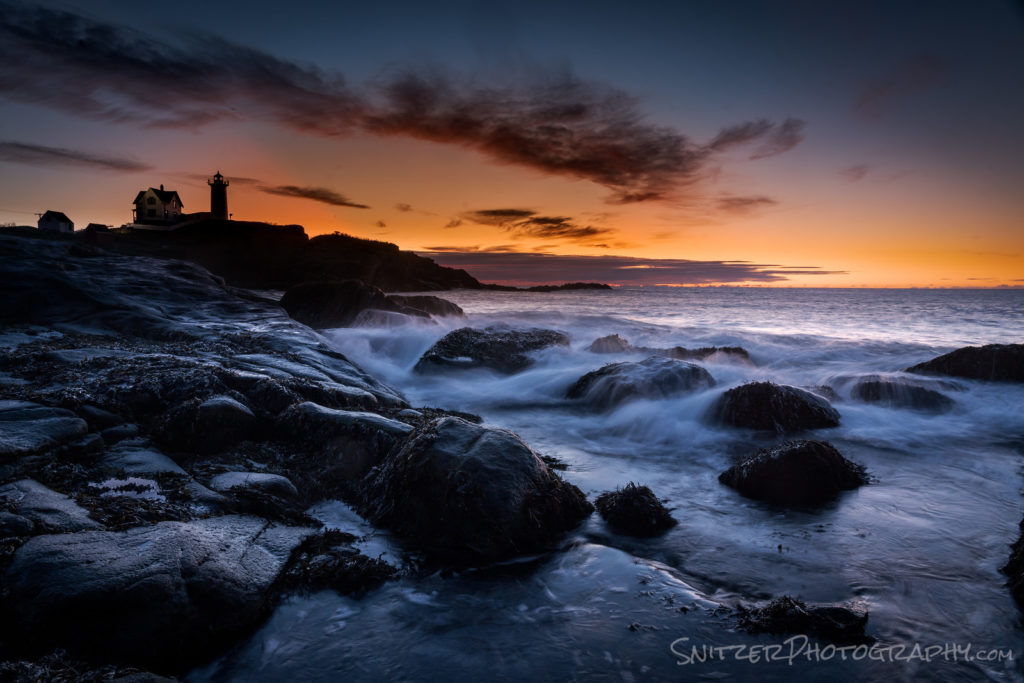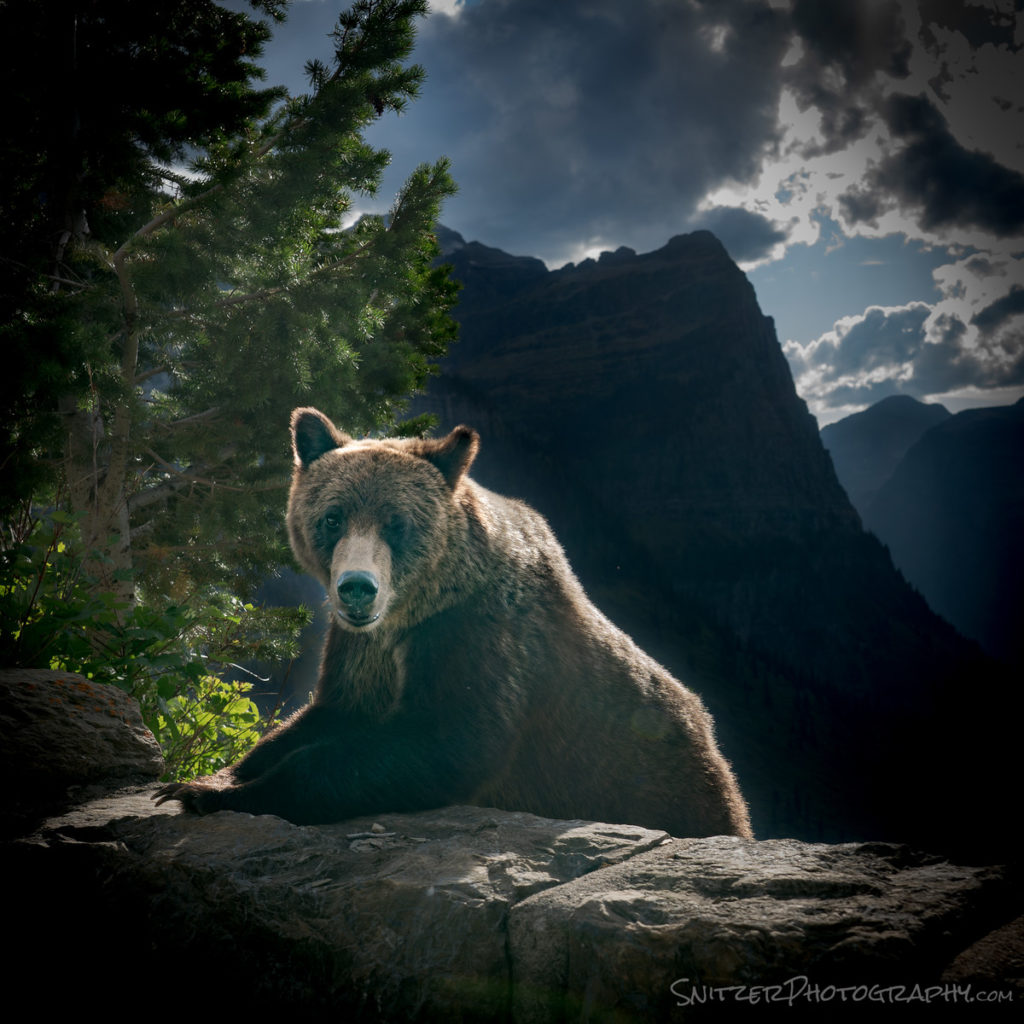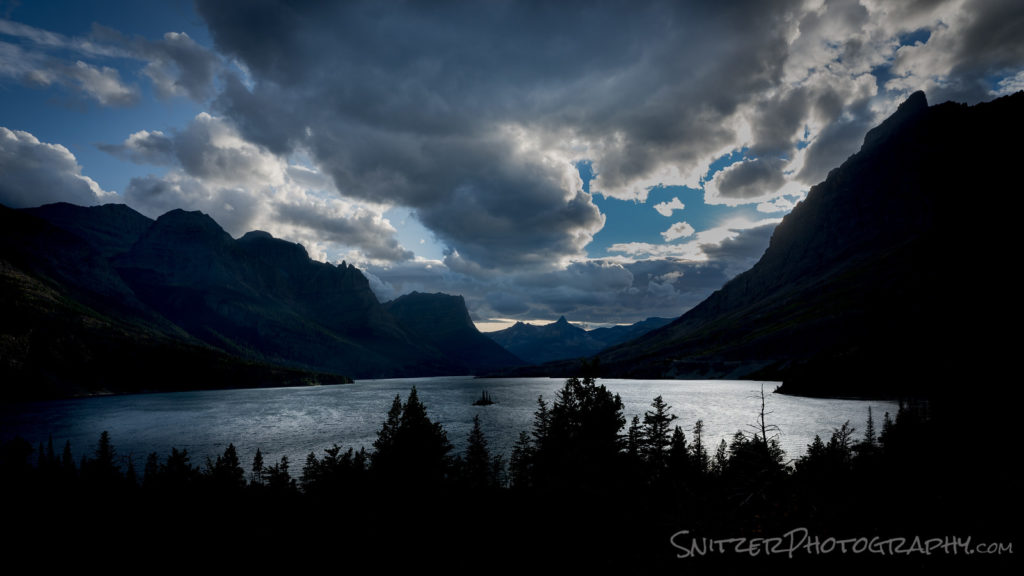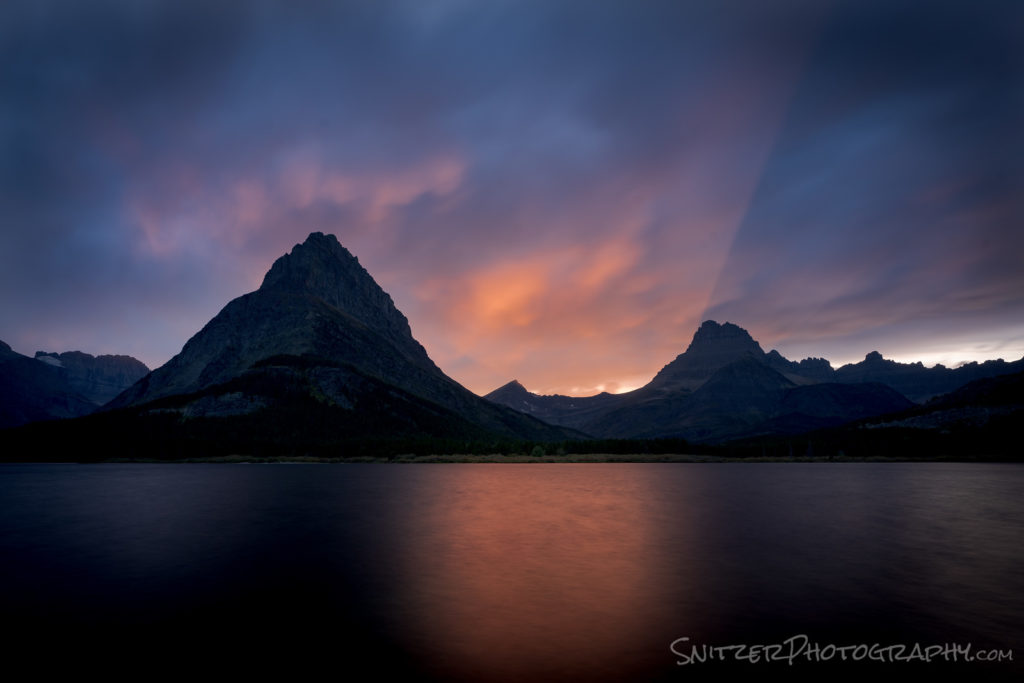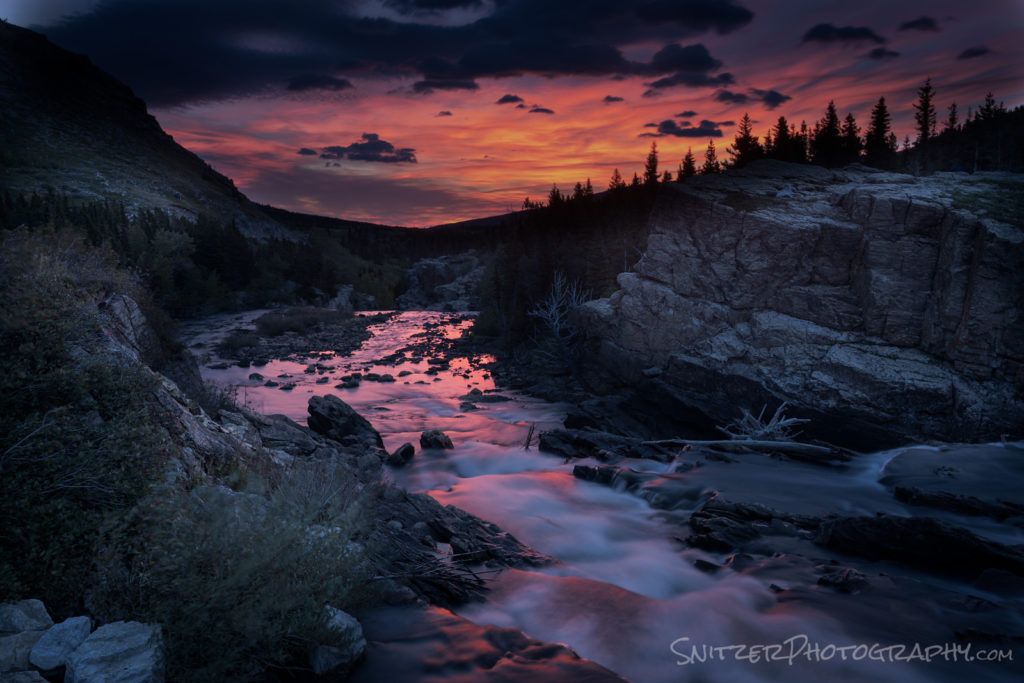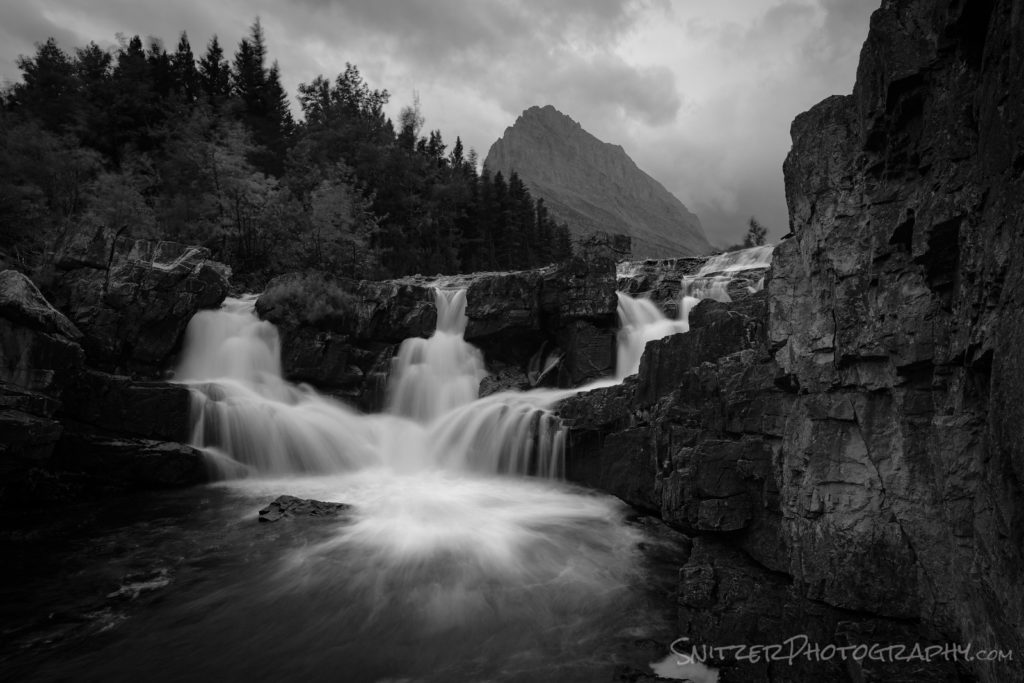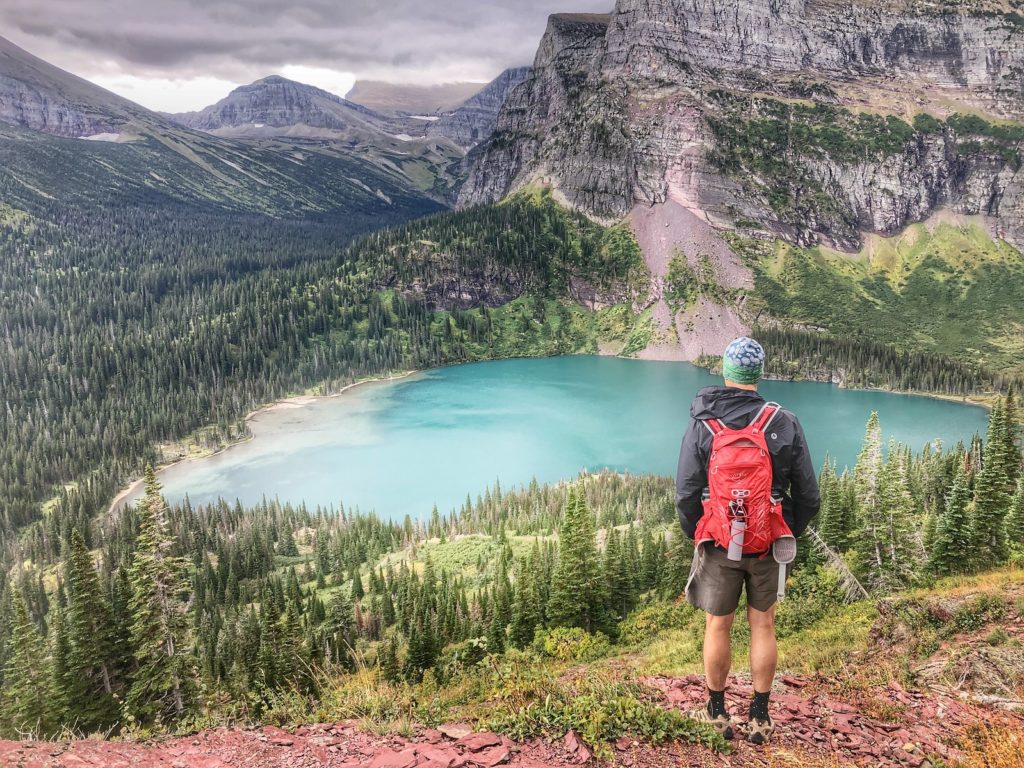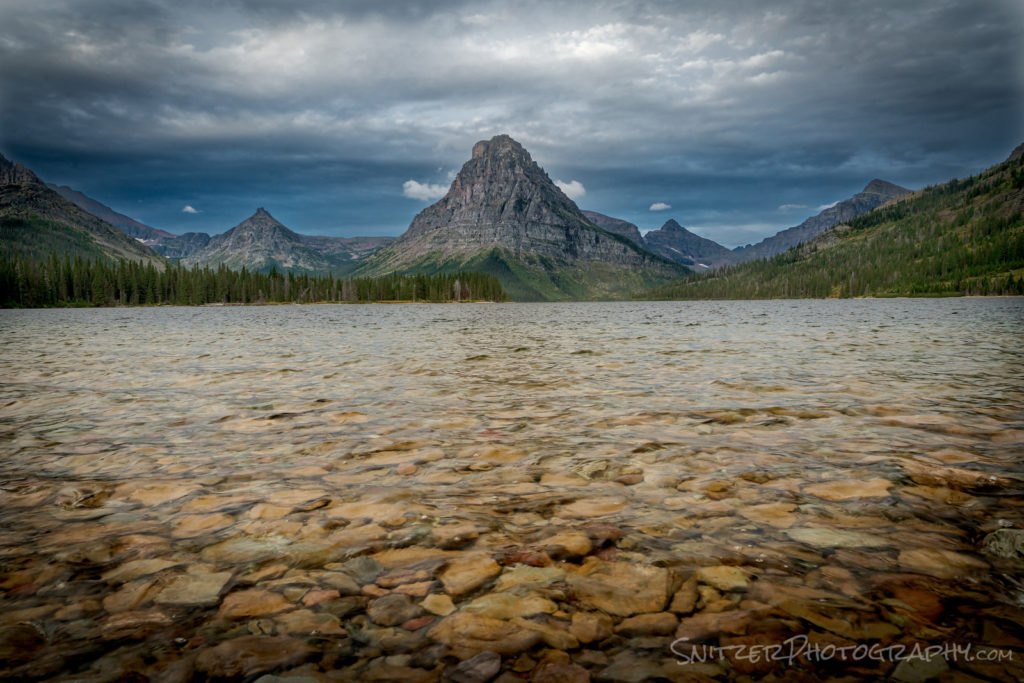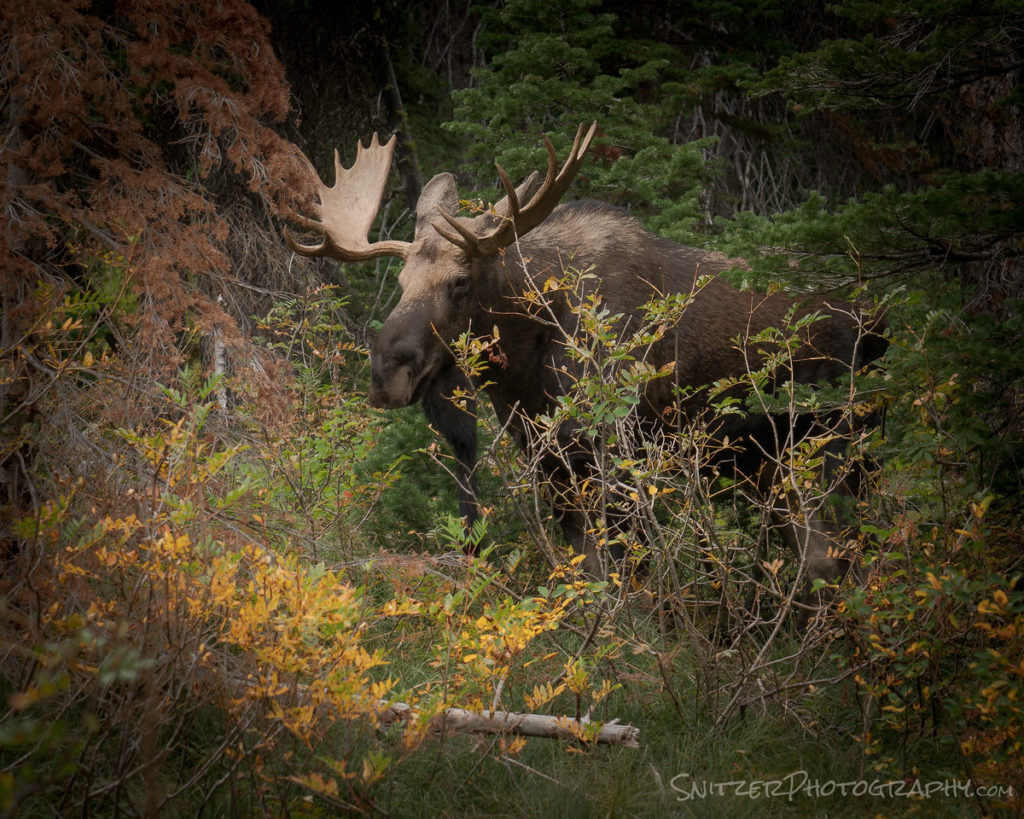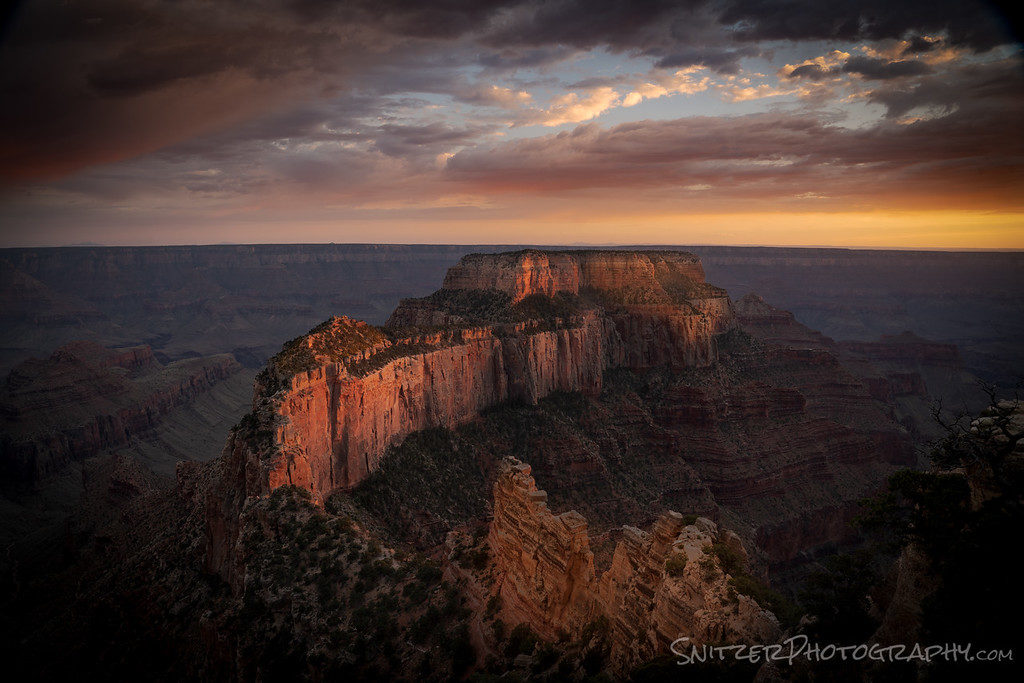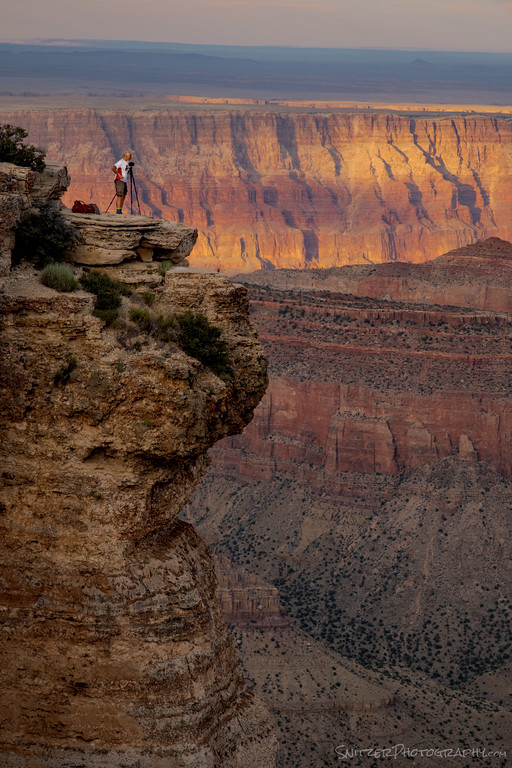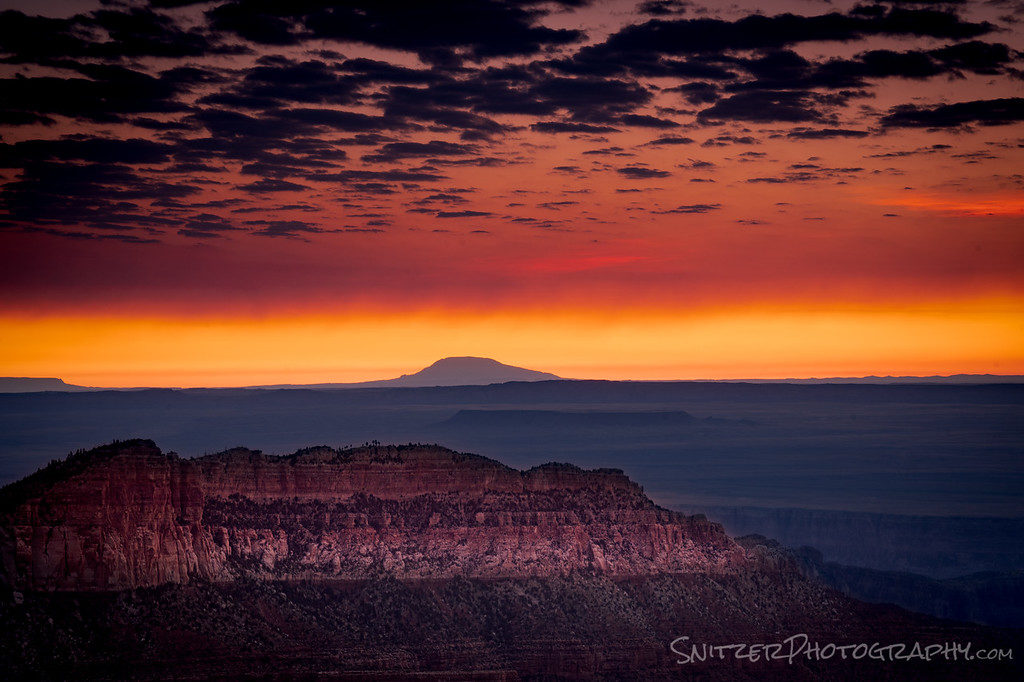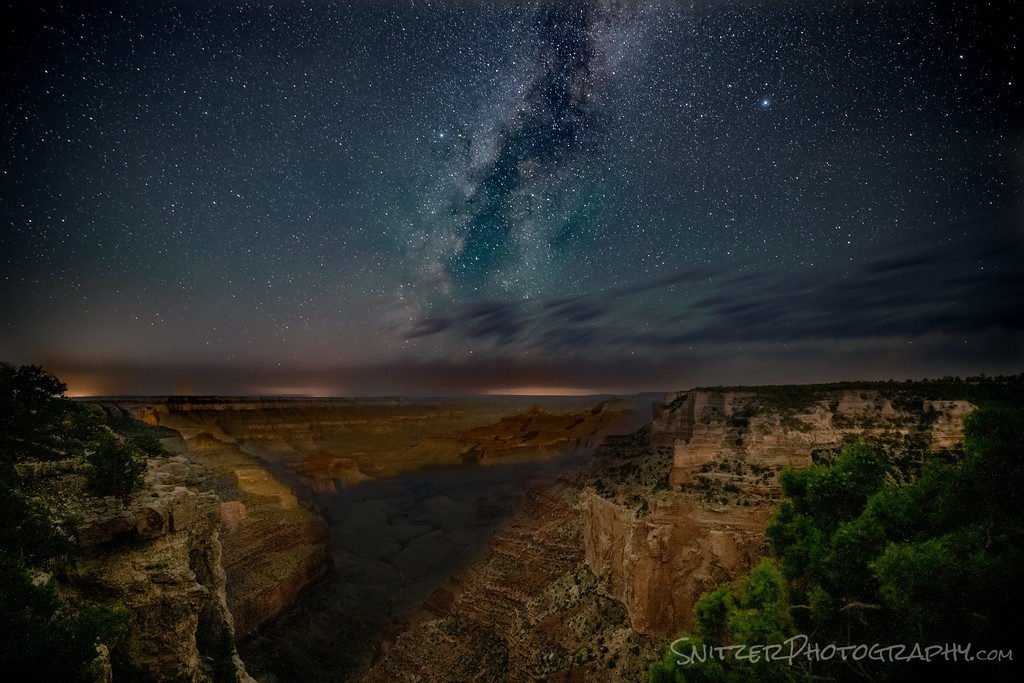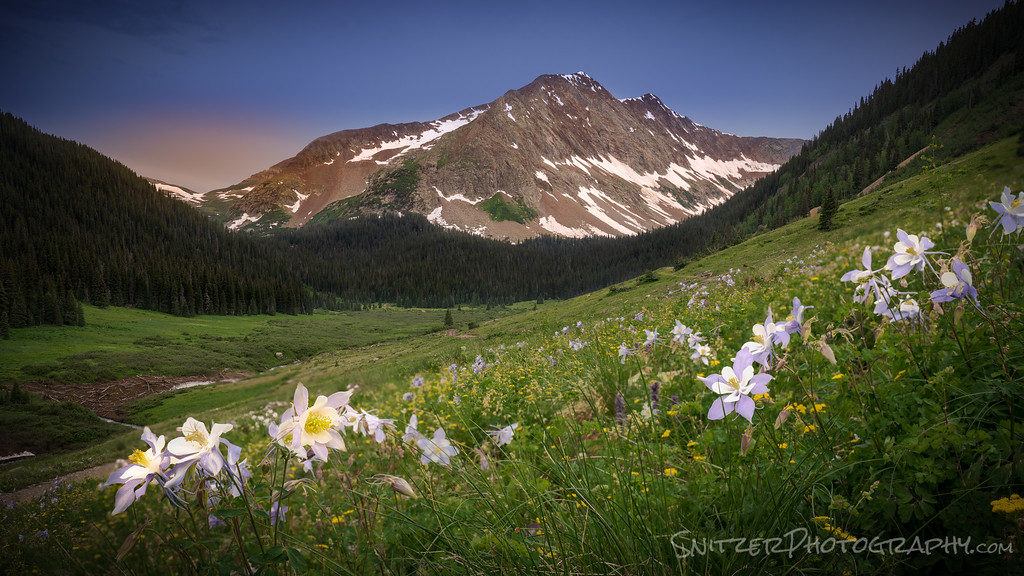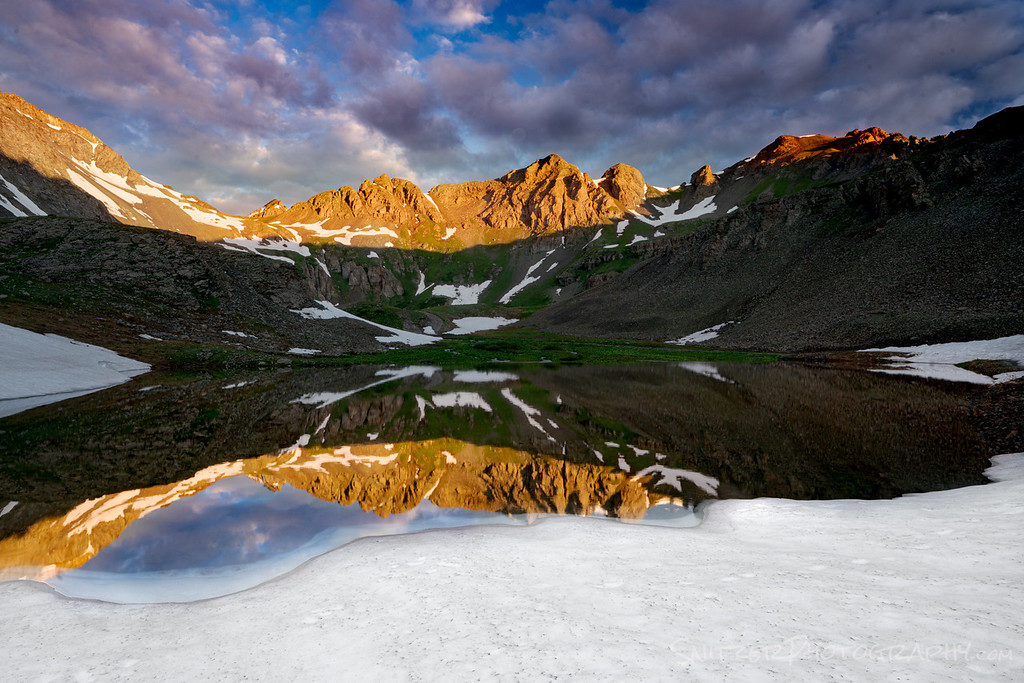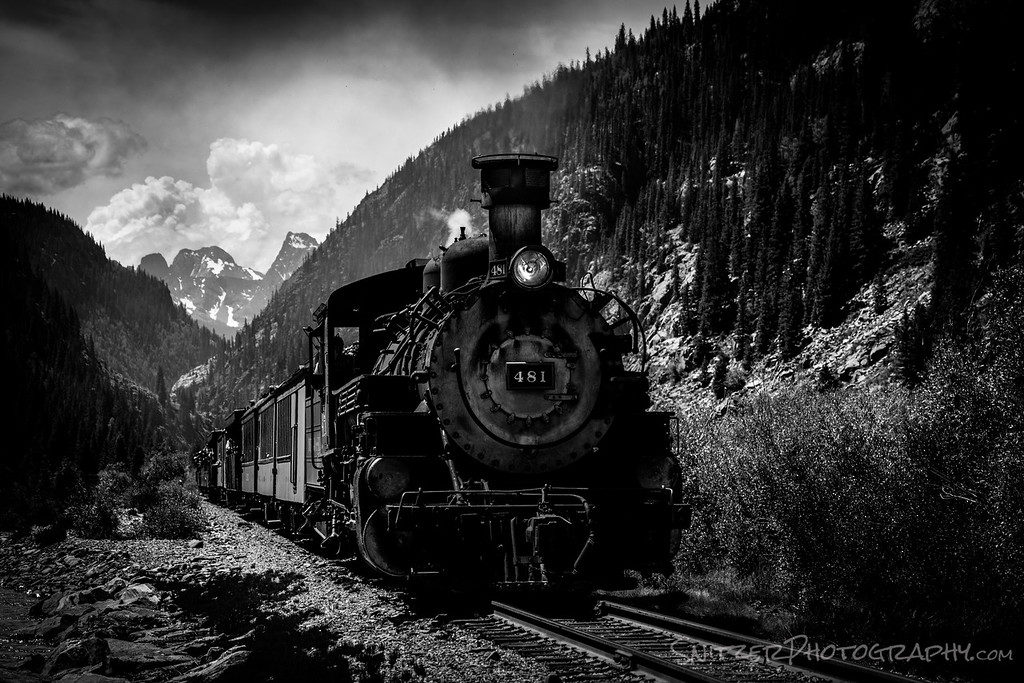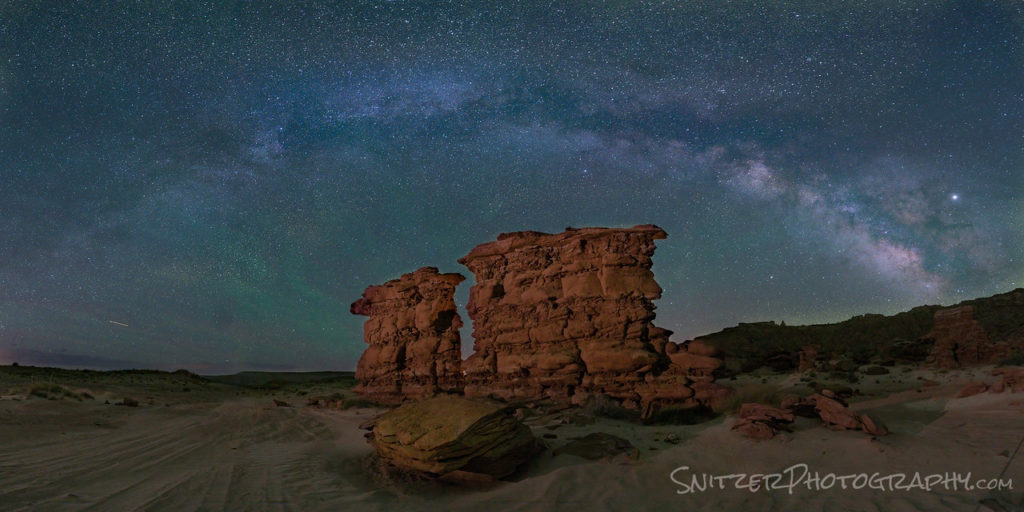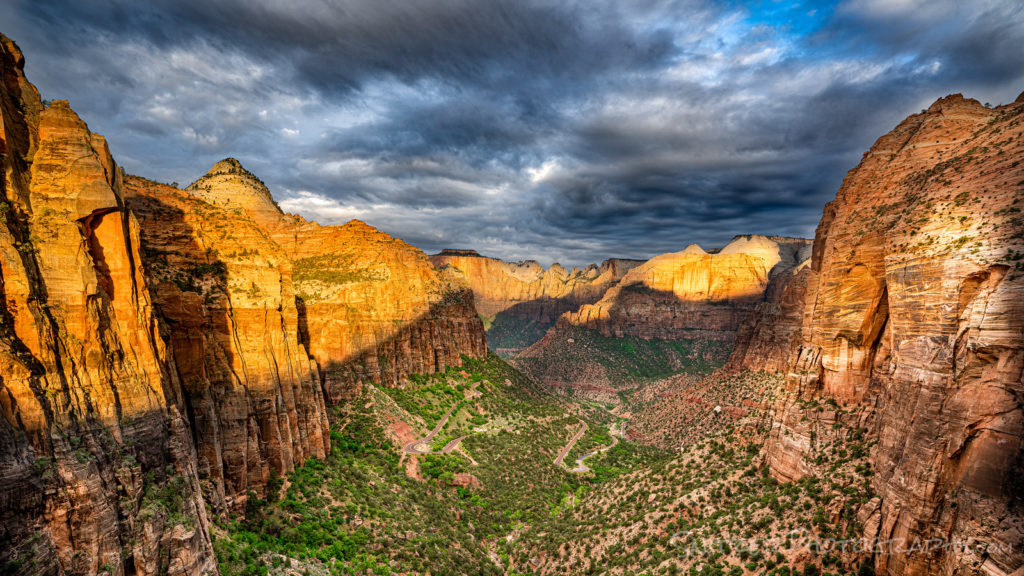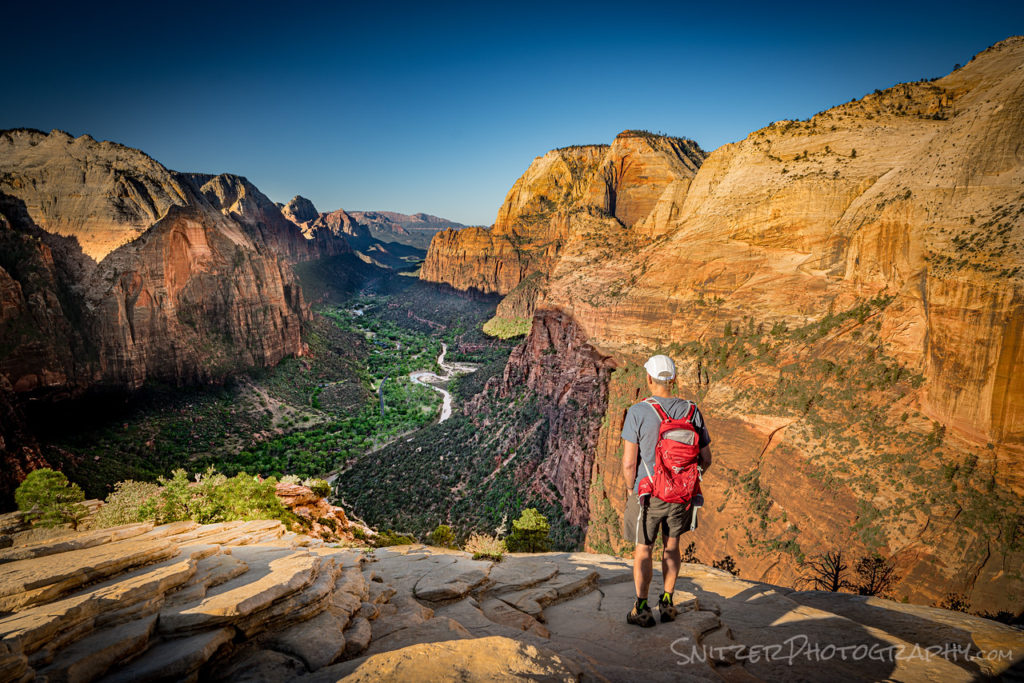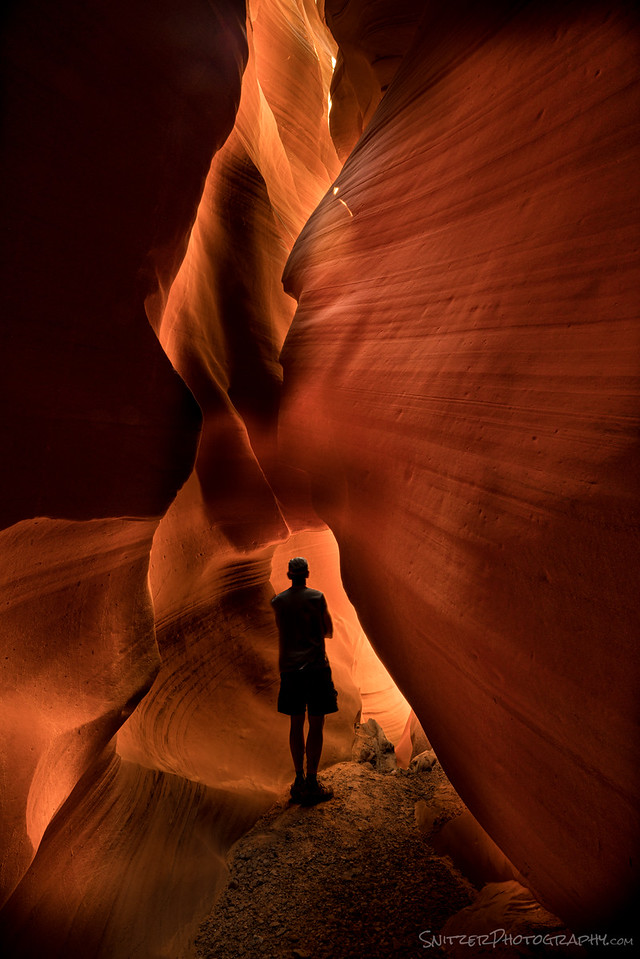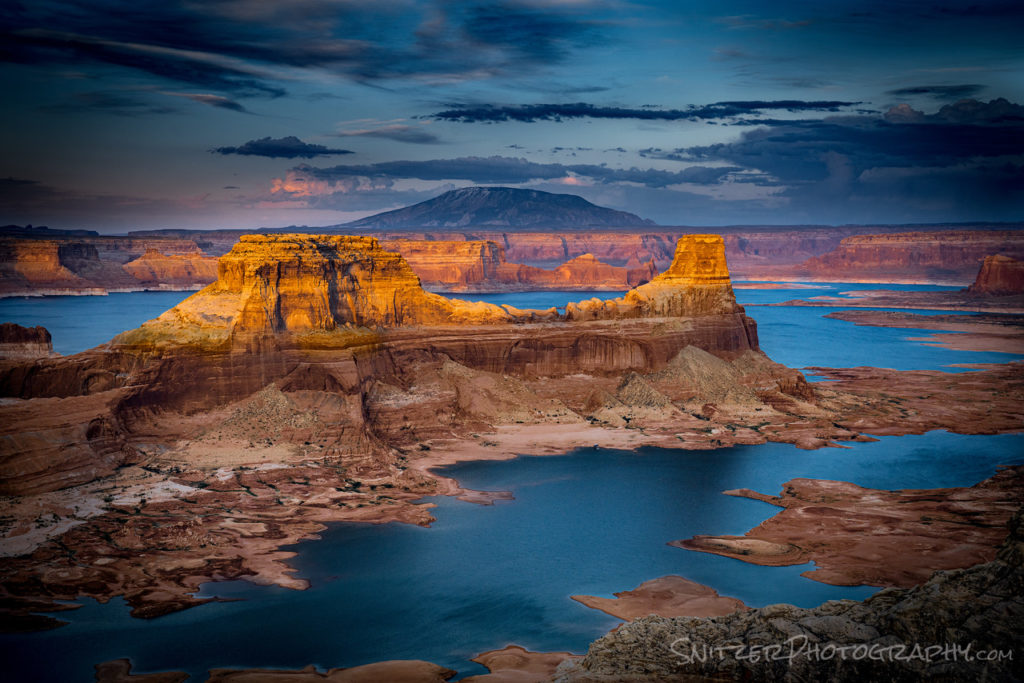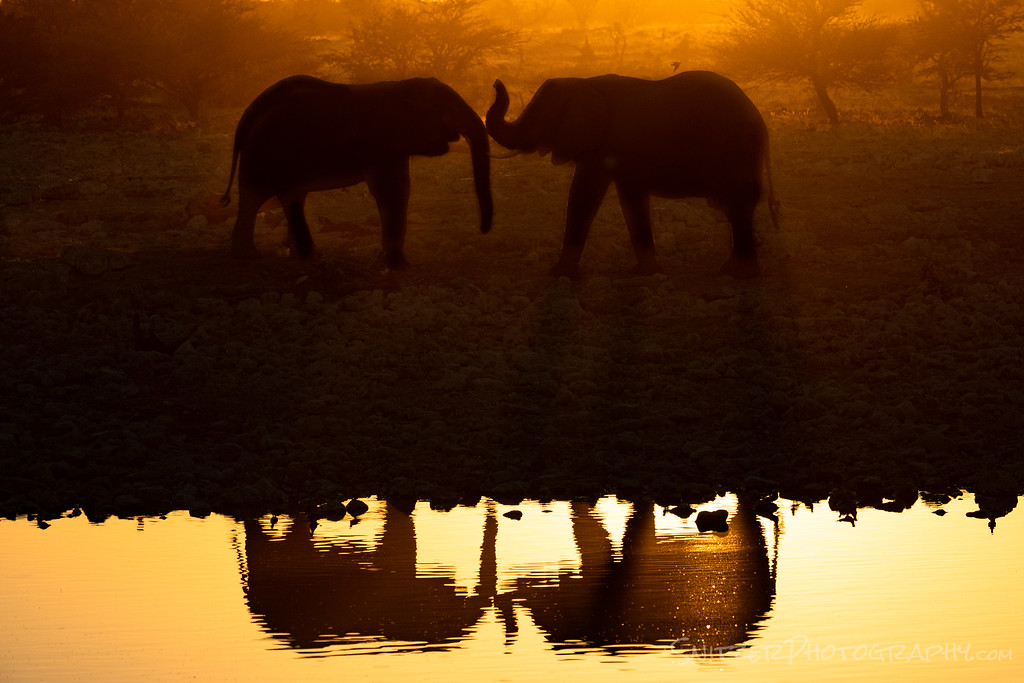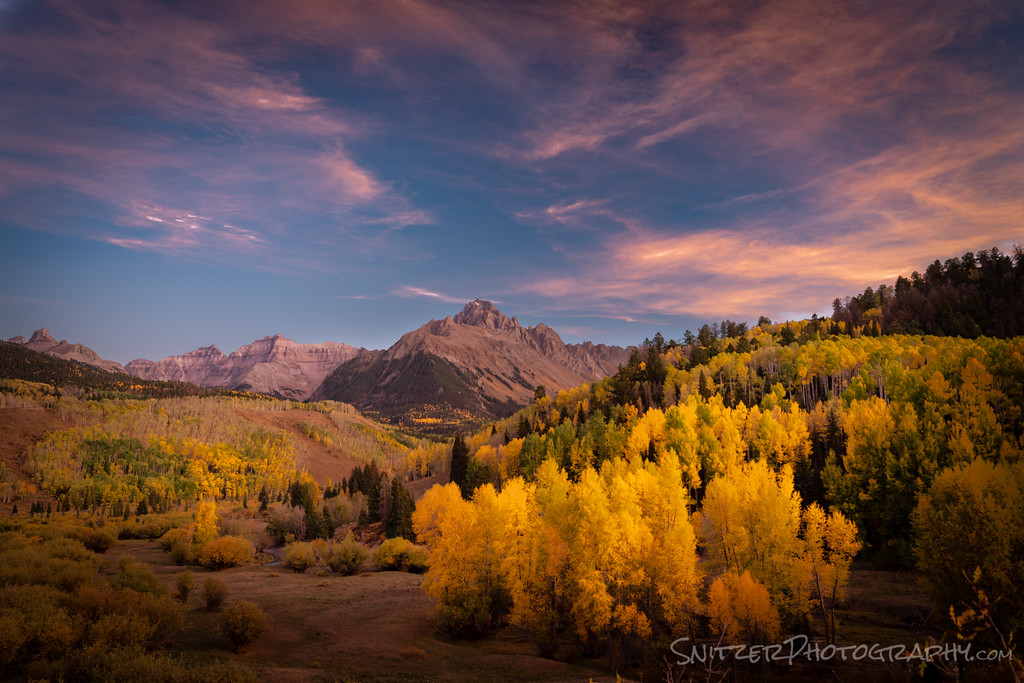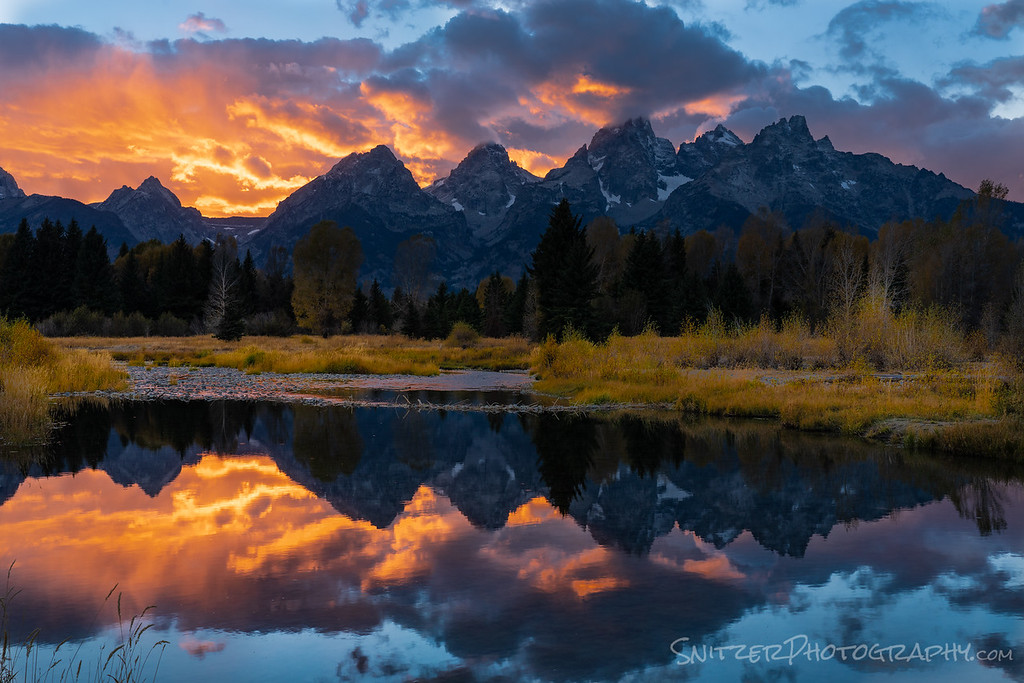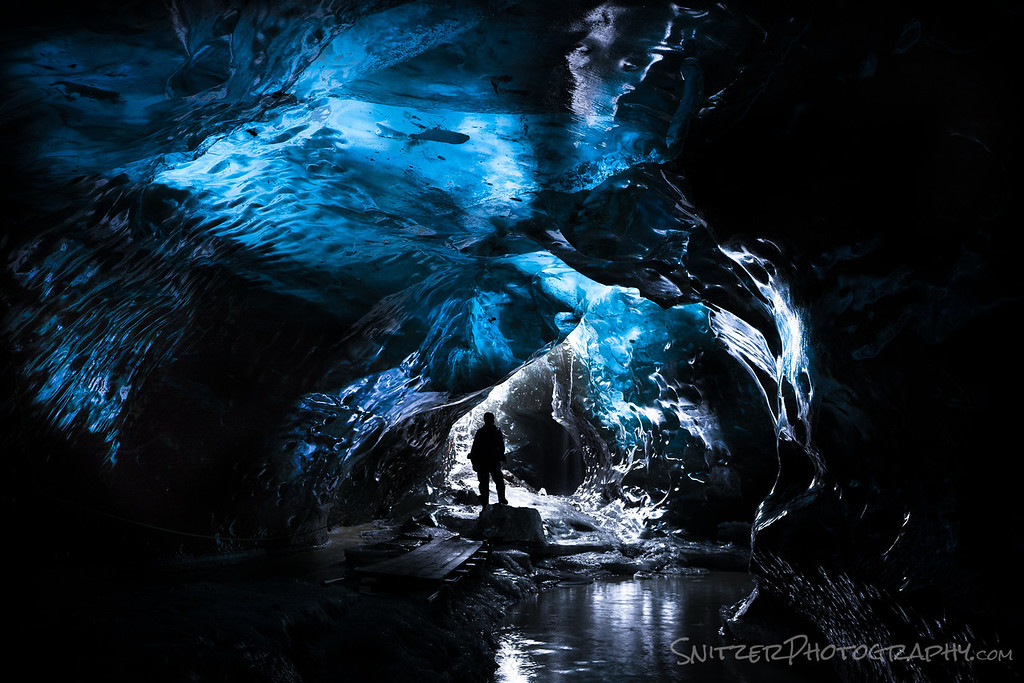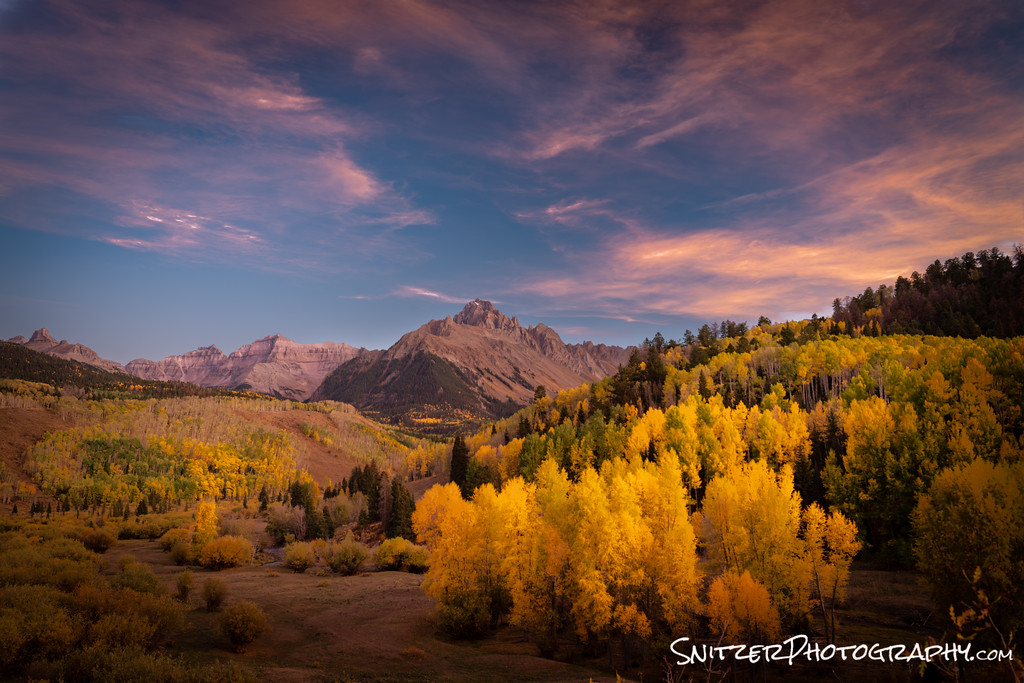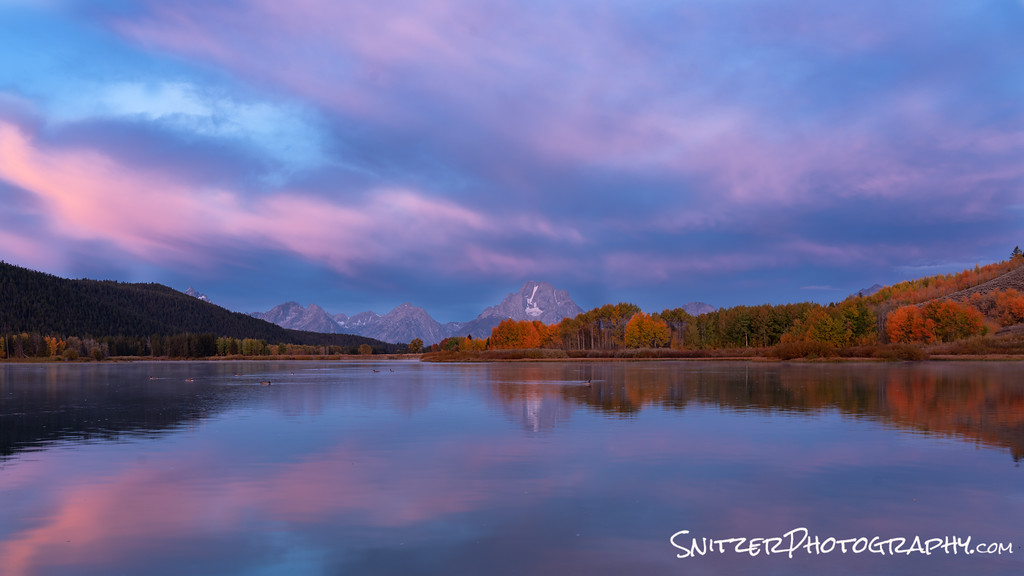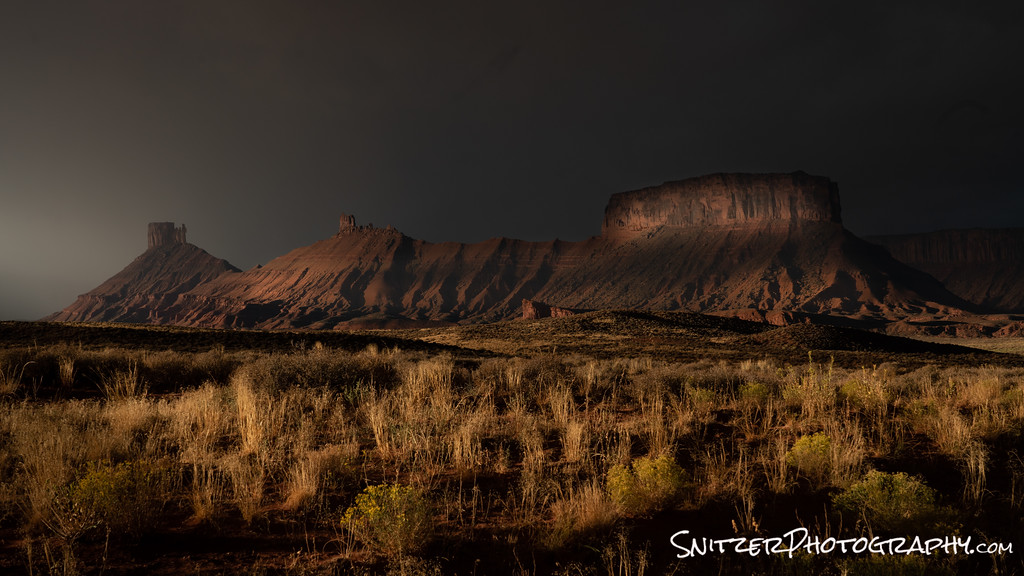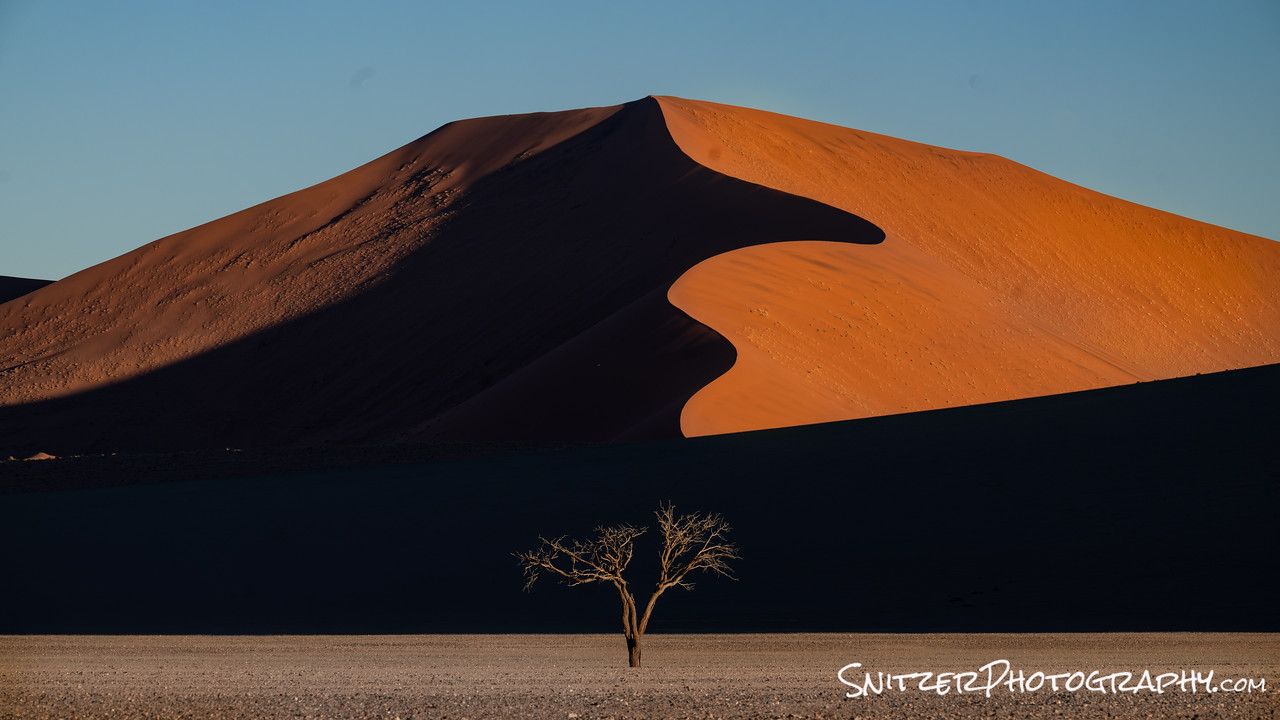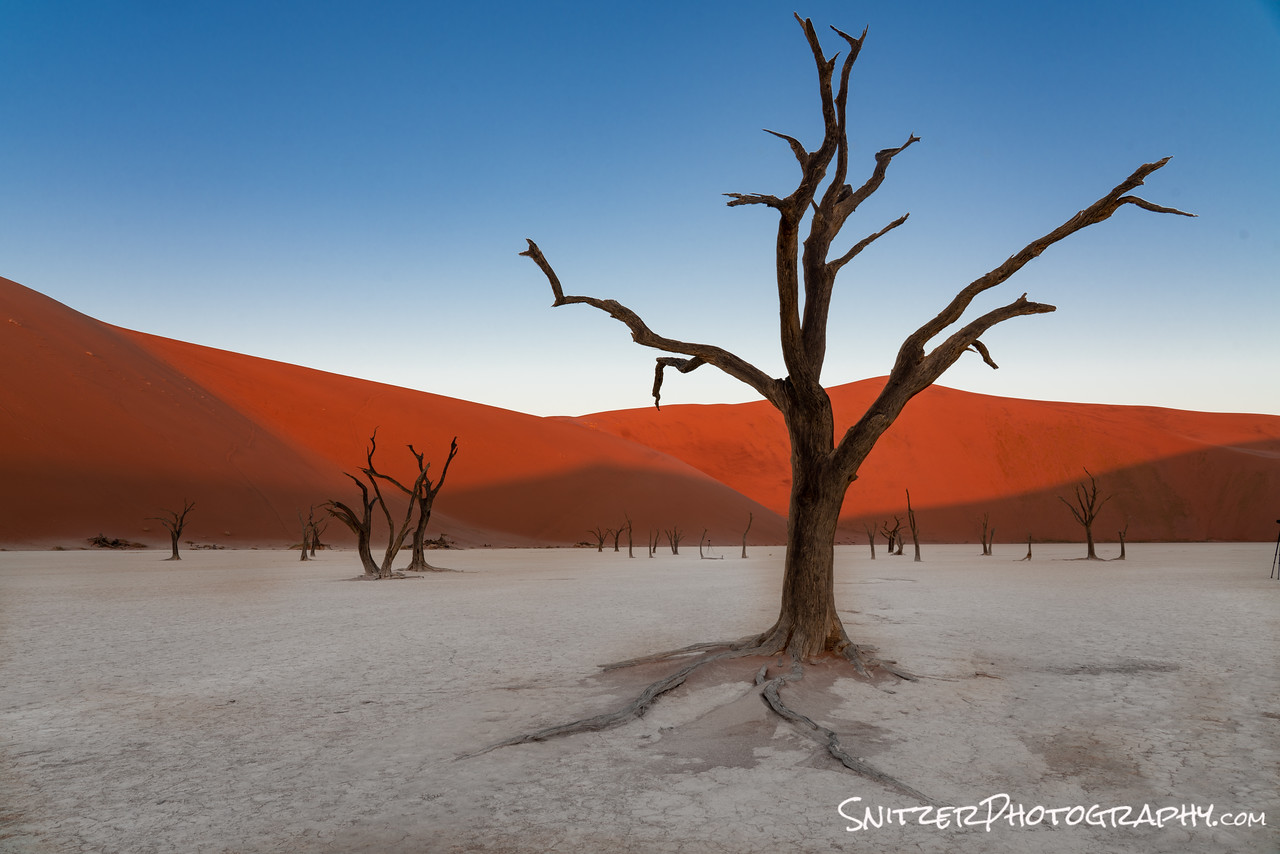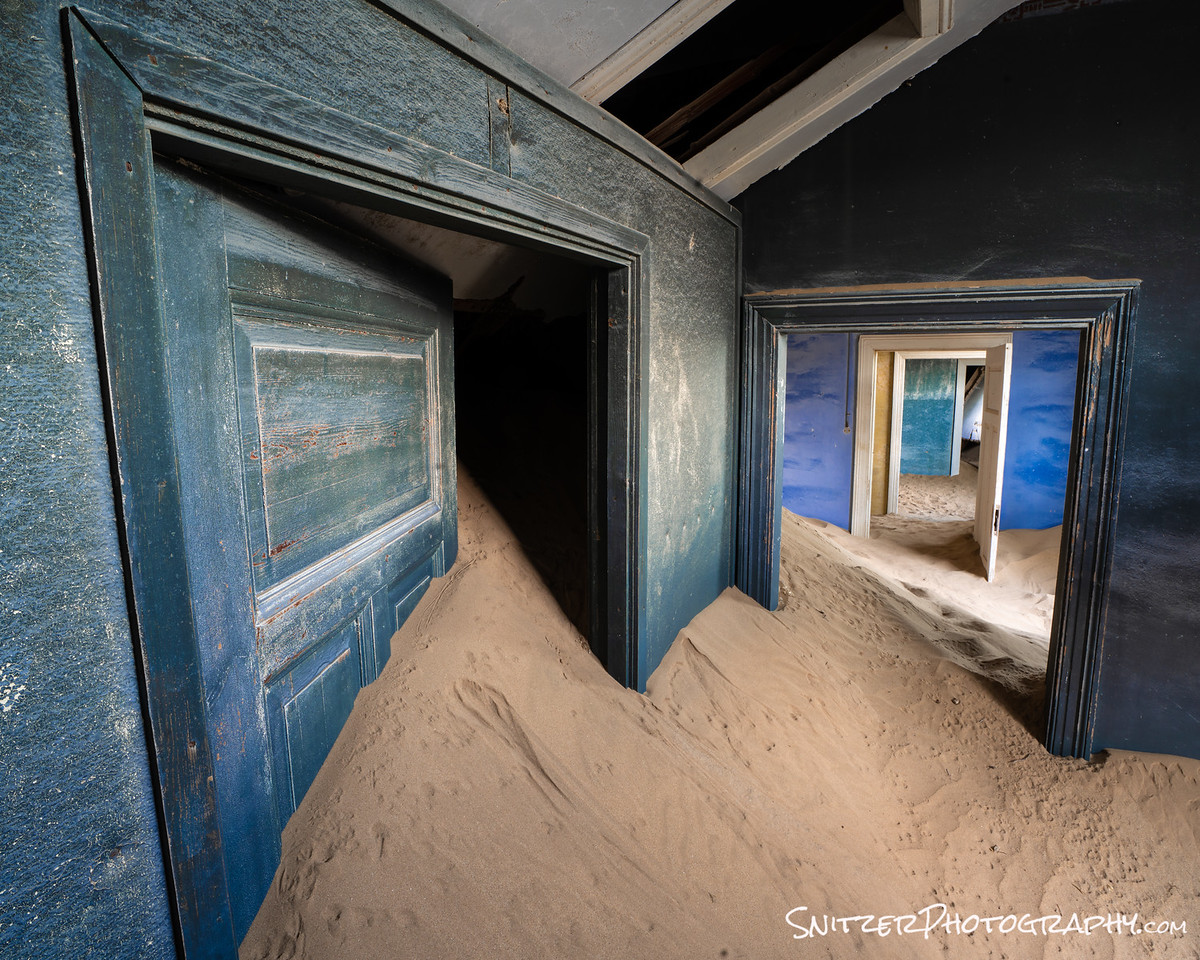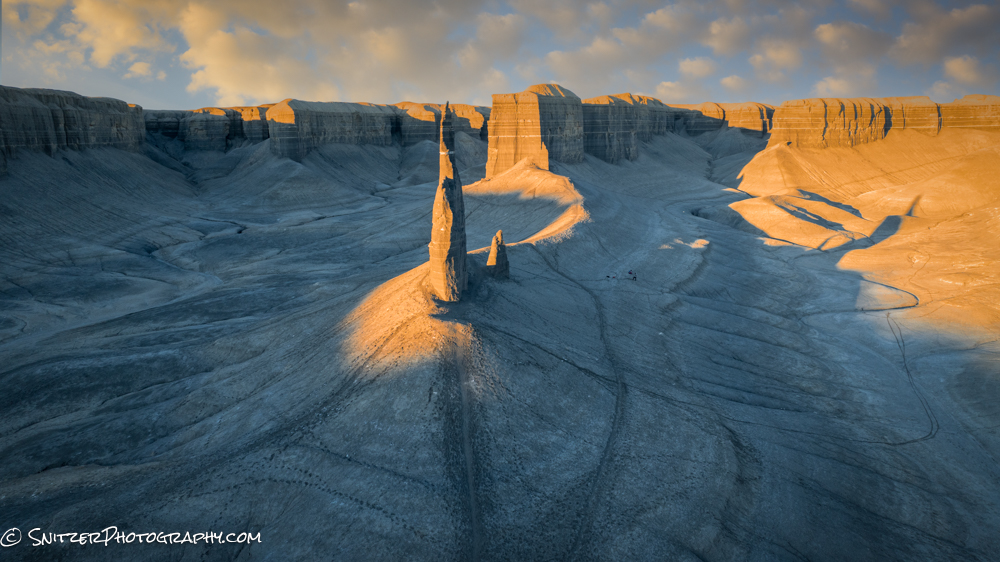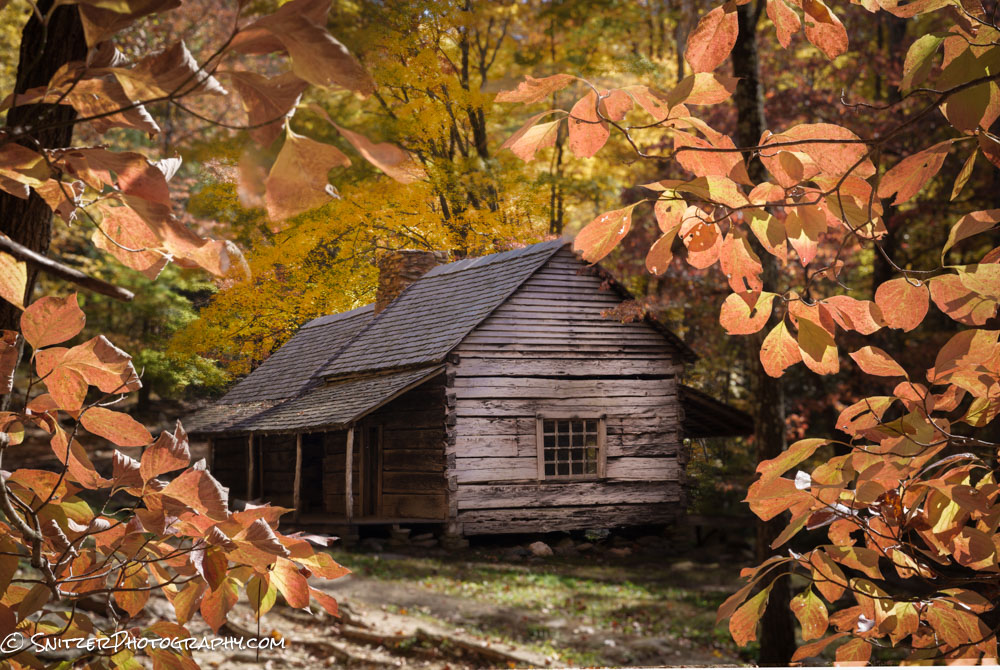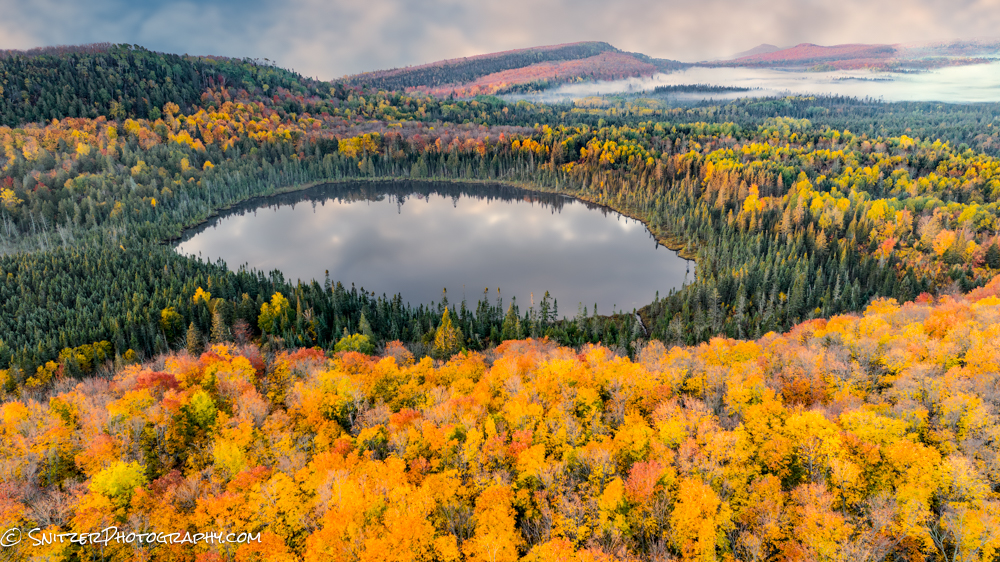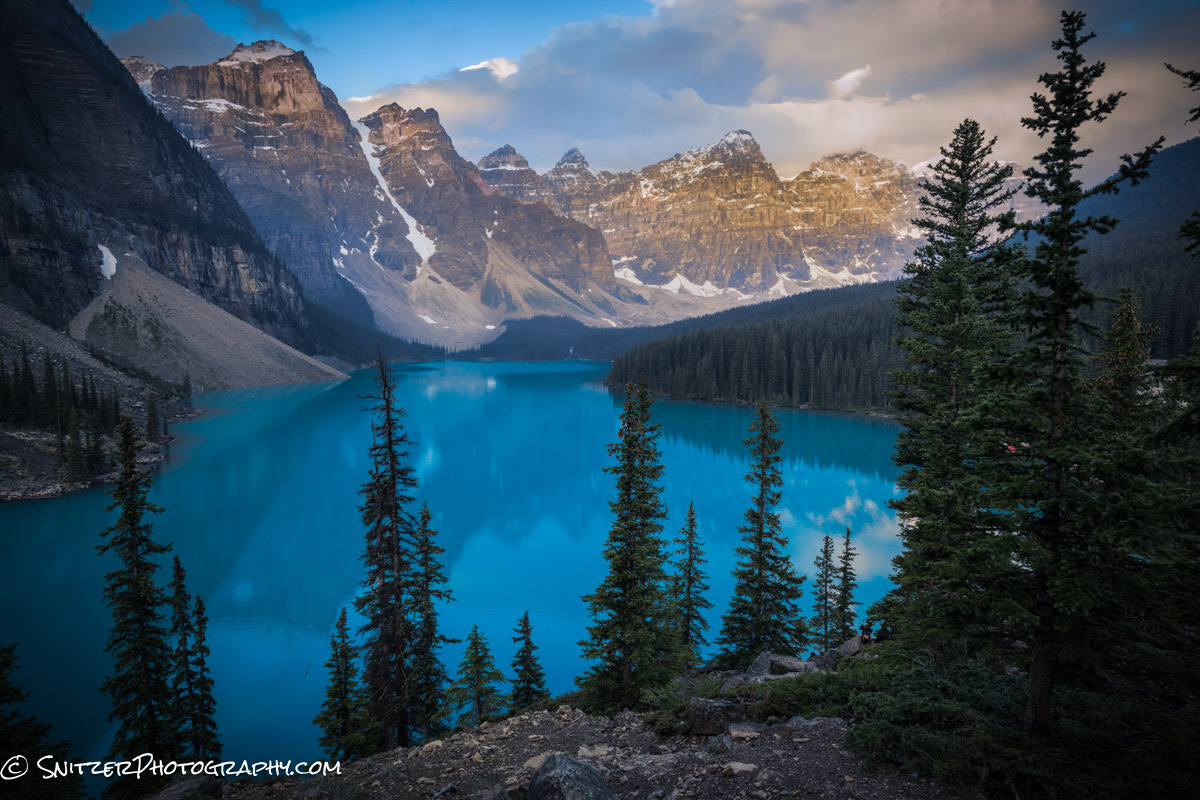Snitz Antarctica Q & A
Did you take thousands of penguin photos? Relax, you only get to view a few. 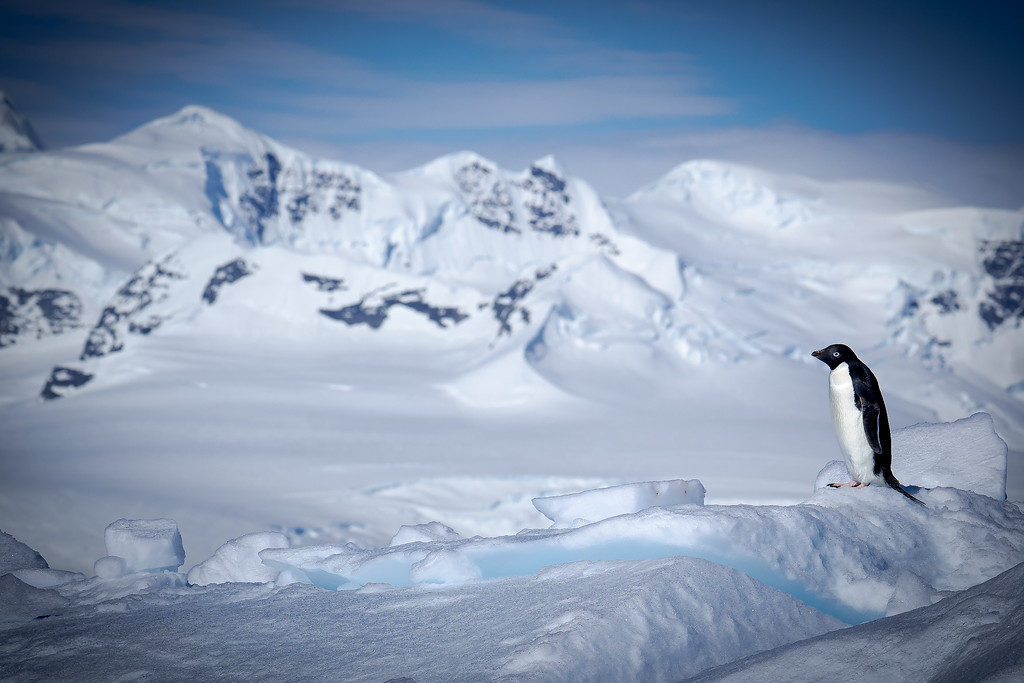 Are there any Alpha penguins who are natural-born leaders? Yah, the guy in front is the Douglass MacArthur of Sub Arctic Birds (a Gentoo Penguin, the Cadillac of birds). Actually, maybe it’s a she! The rest are Adelie Penguins. I now consider myself an expert in Sub-Artic wildlife. No formal training!
Are there any Alpha penguins who are natural-born leaders? Yah, the guy in front is the Douglass MacArthur of Sub Arctic Birds (a Gentoo Penguin, the Cadillac of birds). Actually, maybe it’s a she! The rest are Adelie Penguins. I now consider myself an expert in Sub-Artic wildlife. No formal training! 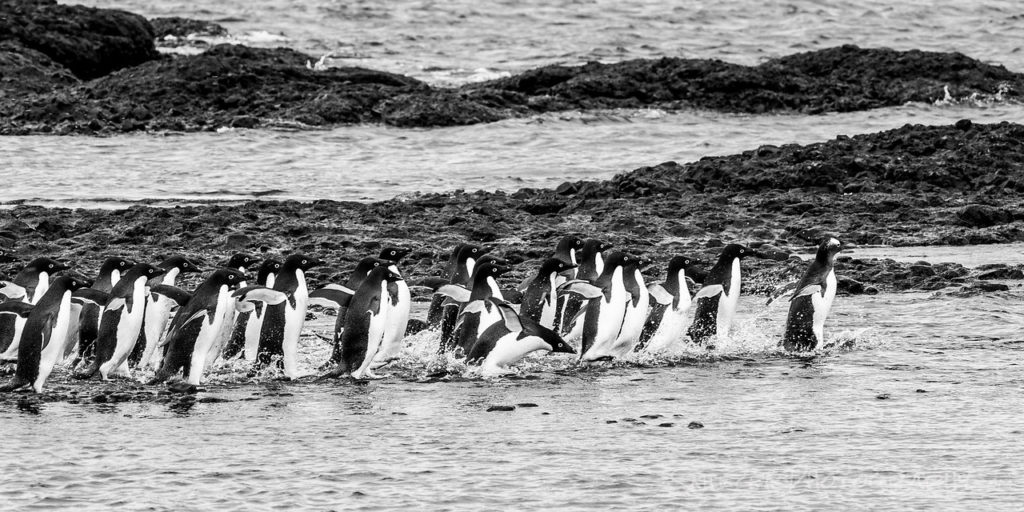 Are Penguins good swimmers? While awkward on land they’re guided missiles in the water.
Are Penguins good swimmers? While awkward on land they’re guided missiles in the water.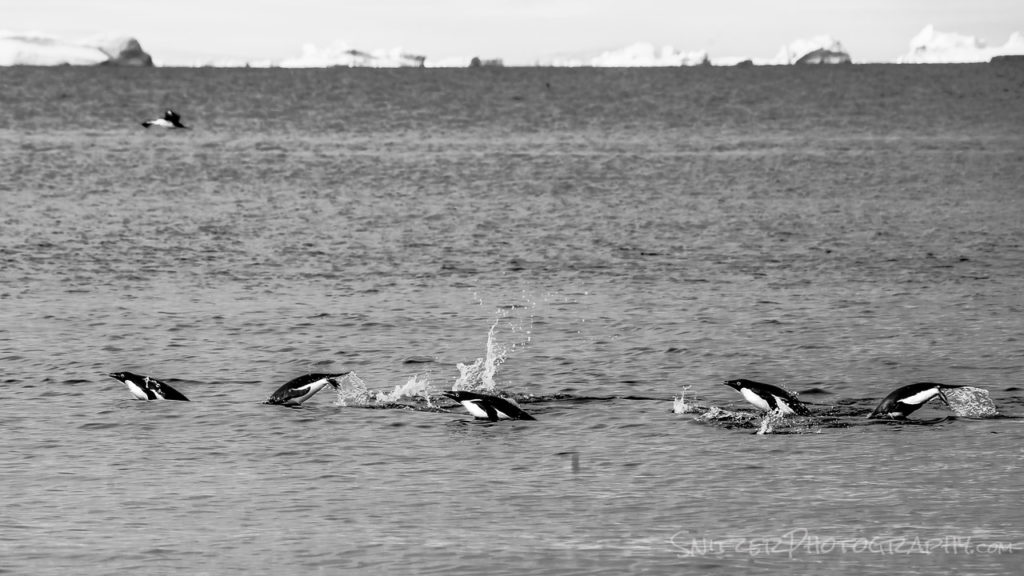 What’s the landscape resemble? Lincoln Nebraska with more water.
What’s the landscape resemble? Lincoln Nebraska with more water.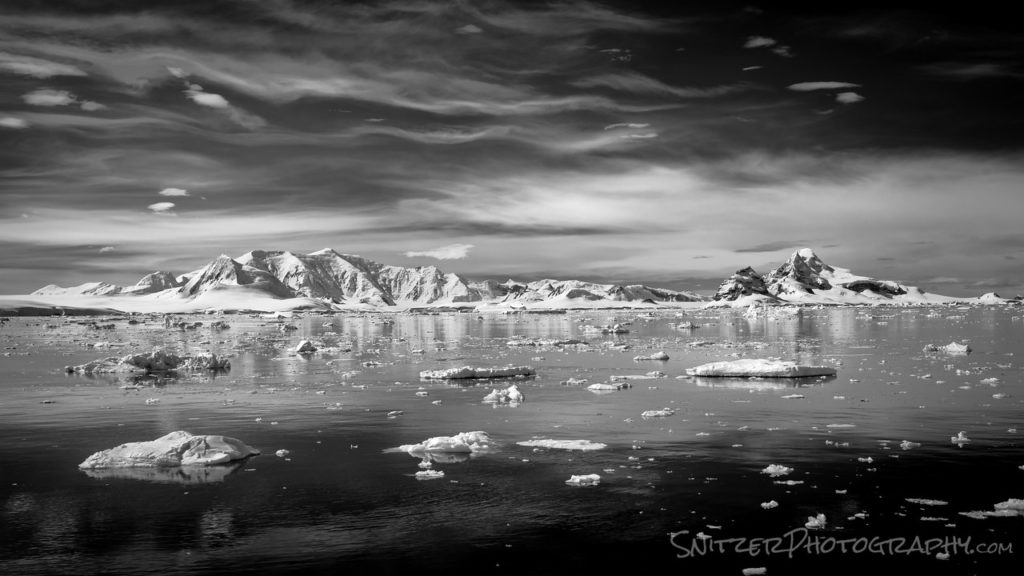 Are Elephant Seals funny looking? Take a look in the mirror.
Are Elephant Seals funny looking? Take a look in the mirror.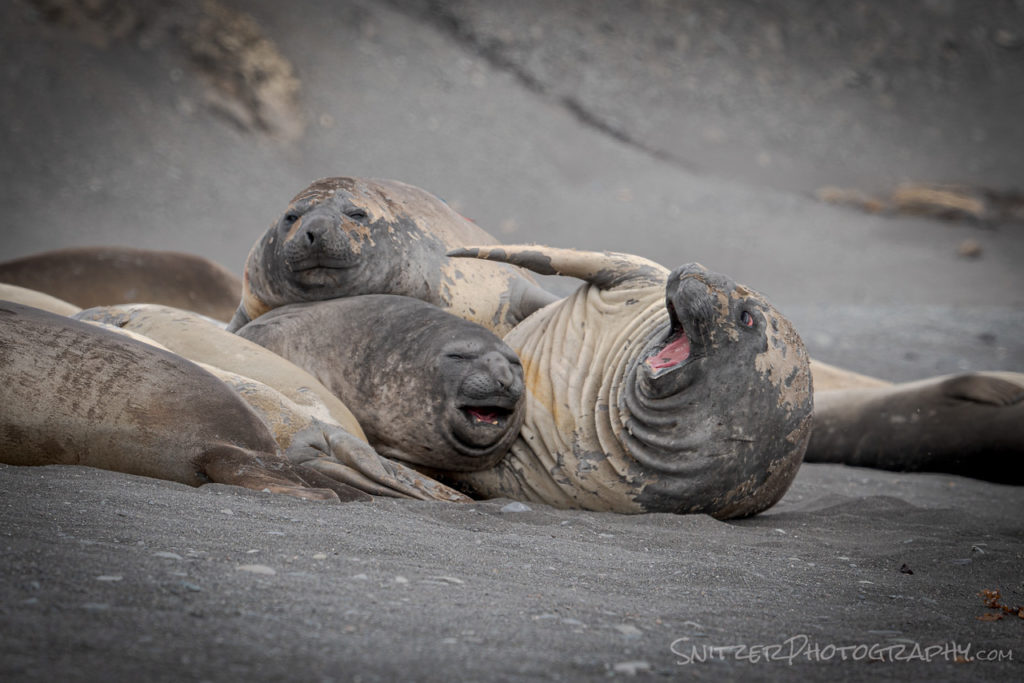 When is sunrise & sunset? 10:30pm and 3:30am. My motto is go with no sleep or go home!
When is sunrise & sunset? 10:30pm and 3:30am. My motto is go with no sleep or go home!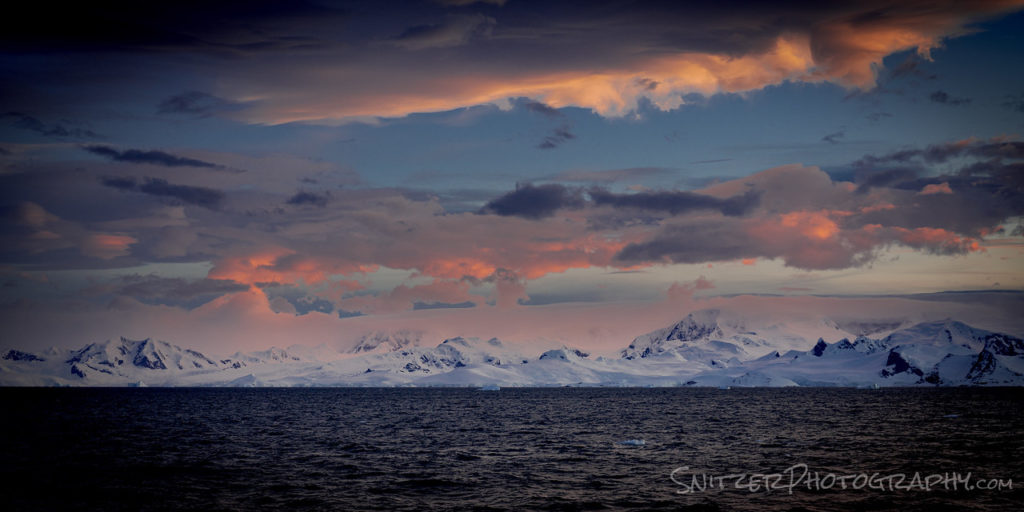 Is Antarctica far (like compared to Mars)? That’s about right. A quick flight to Buenos Aires, then 4 more hours to Ushuaia, the southernmost town in South America, followed by a 2 ½ day boat ride along the Drake passage to Antarctica. That’s our boat, a research vessel, used formerly by the U.S. intelligence service to spy on Cuba (not kidding).
Is Antarctica far (like compared to Mars)? That’s about right. A quick flight to Buenos Aires, then 4 more hours to Ushuaia, the southernmost town in South America, followed by a 2 ½ day boat ride along the Drake passage to Antarctica. That’s our boat, a research vessel, used formerly by the U.S. intelligence service to spy on Cuba (not kidding). 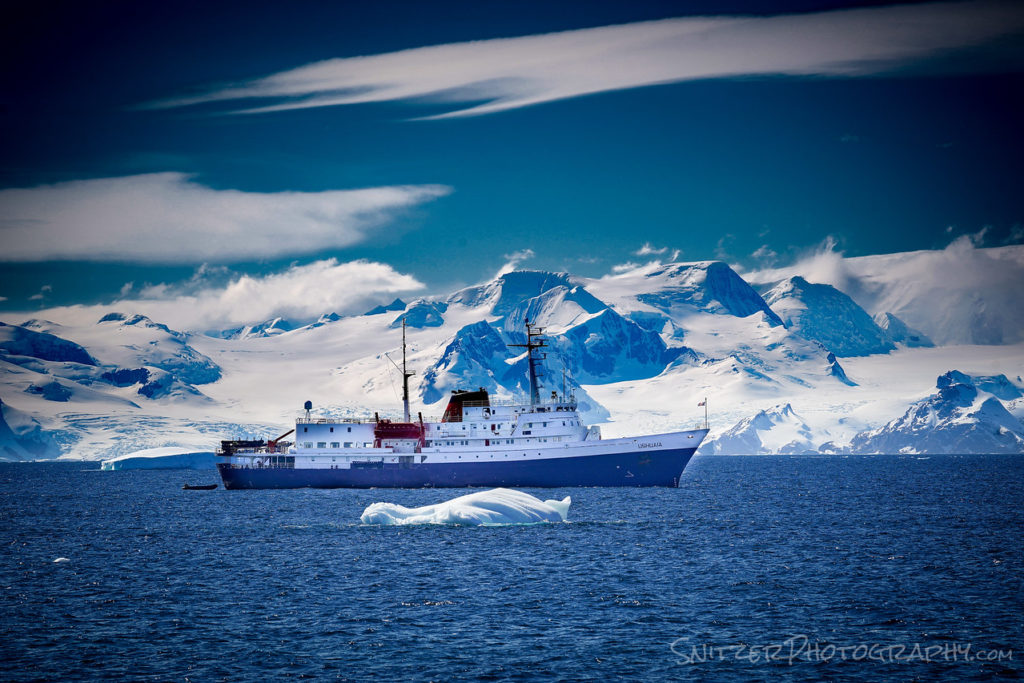 Is the boat ride rough? You kidding me! We took a small ship that sleeps about 100, which allowed us to land in remote places larger guys couldn’t access. My nickname for the ship is the Vomit Comet. Our home for 12 days shown against a normal-sized cruise ship.
Is the boat ride rough? You kidding me! We took a small ship that sleeps about 100, which allowed us to land in remote places larger guys couldn’t access. My nickname for the ship is the Vomit Comet. Our home for 12 days shown against a normal-sized cruise ship.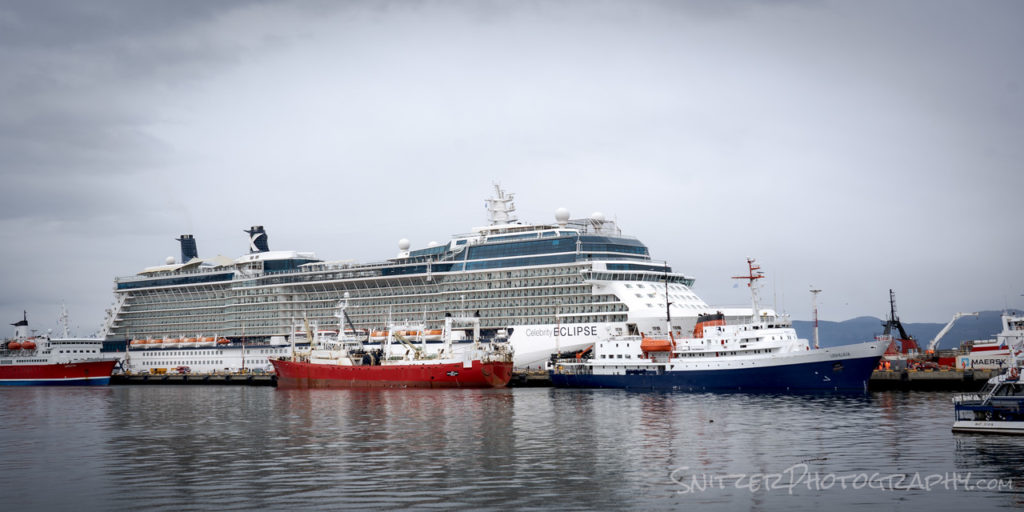 How did you get to shore? We used Zodiac boats, which are stowed in the rear of our ship.
How did you get to shore? We used Zodiac boats, which are stowed in the rear of our ship.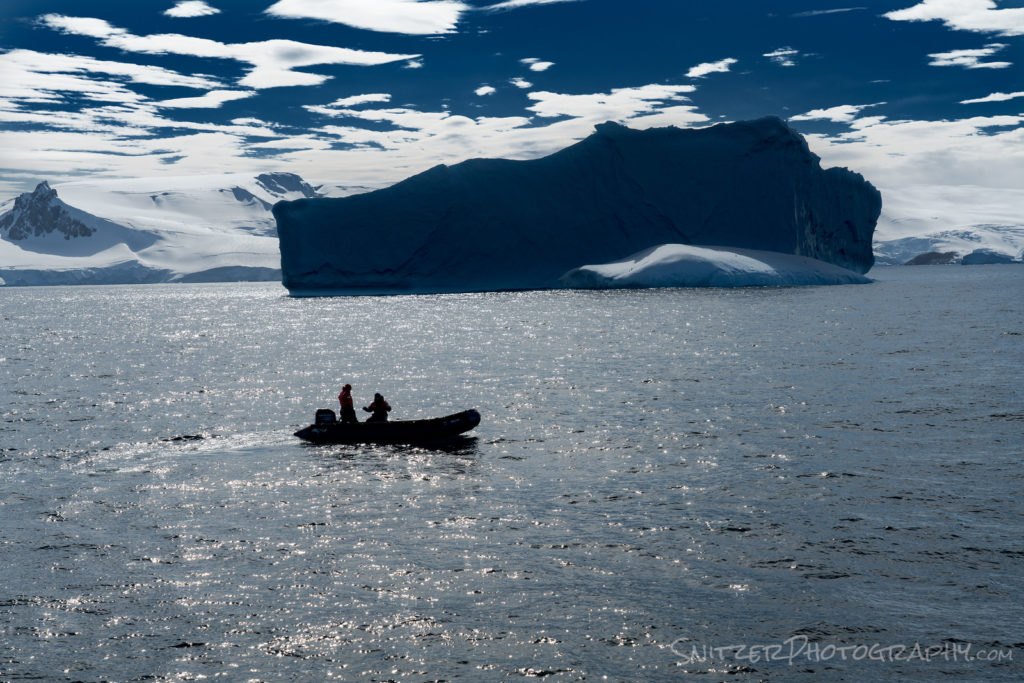
Can you be serious for a second? Was the trip worth it? Yes, seeing the “Far end of the Earth” belongs on your bucket list. I’ve traveled a bit and have seen nothing close to this. Sort of like plopping the Rocky Mountains in the ocean and sprinkling exotic animals aboard that have no fear of humans (aka you can view up close). A pain to get to, worth the effort.
Want to see more photos! Of course, you do! Click the link: https://www.snitzerphotos.com/Nature-Travel/Galleries/Antartica/n-Lz4wfQ/
New England leaf peeping
New England gets the prize this year for the best foliage I’ve seen…ever! Not kidding folks. I was lucky enough to spend two weeks shooting, based out of Montpelier, Vt and Bar Harbor, Maine.
Did I mention the leaves were changing color?
By the way, I’m now a drone pilot. I haven’t shot down any commercial aircraft yet, but I have been able to compose shots that were previously impossible. The changing canopy of the forest really shows off from above.
That’s not to say you can’t see some bomber stuff from down low. The view along Acadia NP’s coast isn’t bad either!
I love the smell of napalm in the morning!
Sunset from above Bass Harbor Maine. Buzzing the control tower from above.
Dawn patrol at the Nubble Lighthouse, near Cape Neddick.
Click here to see more photos!!!!!
Glacier NP Fall Spectacular!
I’m a huge fan of Glacier NP! On my third visit to the park (last week), I had the op to revisit some of my favorite spots last week and was greeted by perfect weather/awesome cloud-filled skies.
I started the trip climbing over Logan Pass, which provides access to some great above timberline hiking looking down on Hidden Lake!
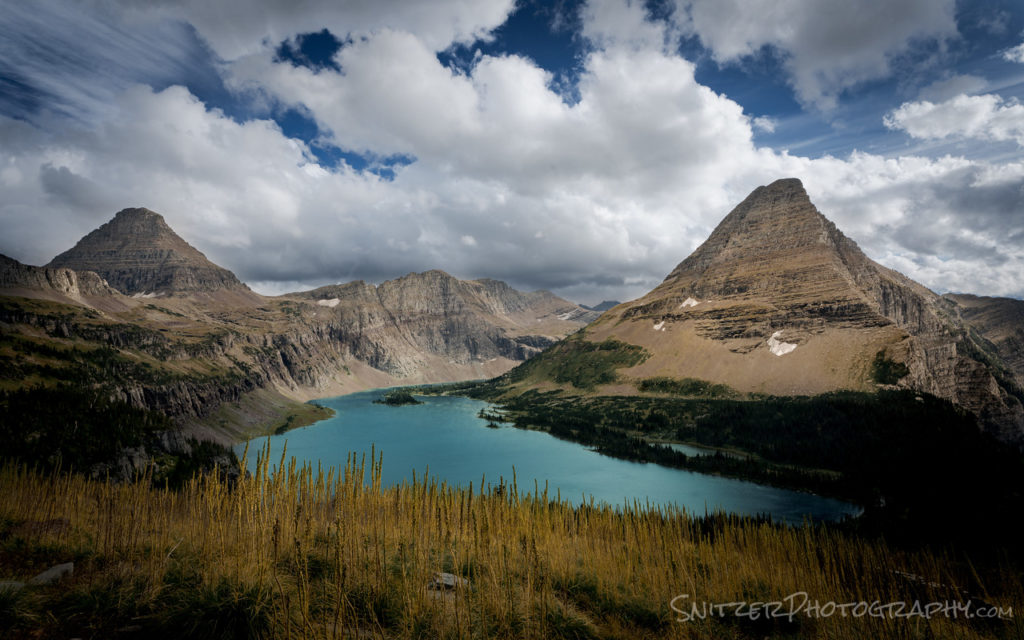
Along the drive, I ran into this bad boy. He appeared 6 feet from my open car window. Luckily I had my camera handy and he didn’t jump into my lap.
On route East towards my hotel (Many Glacier Lodge), taking a late afternoon break to view Wild Goose Island. This iconic pullout is also a great place to watch the sunrise.
The Many Glacier Hotel looks West over Swiftcurrent Lake and Grinnell Point. Talk about a nuclear sunset!
Dawn patrol the following morning, about 200 yards from the lodge (looking in the opposite direction)!
By the way, just downstream from this spot lies Swiftcurrent Falls, an overlooked but spectacular feature of the park.
My first big hike, the 12-mile round trip up to Grinnell Lake.
After exploring Many Glacier for several days, I ventured into the Two Medicine Area of the park (generally more remote/less crowded). Named for the lake below, the area provides some of the best views in the park for those will to hike a bit (ergo 10+ miles, not for the squeamish).
Along the trail, I heard some rustling to my right and rotated to find this Bull about 8 feet away! My 2nd close up encounter in only two days…eckkkk. Took a deep breath, slowly backed away, fired up the camera and thanked Allah I hadn’t been run over.
Click here for more photos from the trip!
Want to see more Glacier stuff from earlier trips? Click here!
Summer Monsoon At Grand Canyon/San Juan Mountains
The Grand Canyon’s North Rim is bomber, especially now, with the monsoon season rolling in. You get amazing cloud-filled skies and sunsets to die for. Not kidding folks!
Did I mention that the North Rim is cooler (than the South) and wayyyyy less crowded? Being remote and offering only 300 rooms, if you’re lucky enough to “get a place to stay” you basically have the place to yourself! Cape Royal (below) just before 8 pm.
Your fearless leader on a 5 by 8-foot rock outcropping (taking the above shot). 500 feet down if I step backward.
Sunrise isn’t half bad either.
You’ve probably never seen this pic of the Canyon before? Drove out to Cape Royal after midnight (I need my head examined) to capture this. Why so late? Because the Milky Way lines up perfectly with the moon illuminating the canyon walls from my behind at precisely 3:30 am. Happens 5-6 days per year.
On to the San Juan mountains which were blanketed with a massive snowpack this past winter. That means the best wildflower bloom in decades and waterfalls/streams running wild.
Even at this late date, there is plenty of snow to be found.
Below is the Silverton Narrow Gauge Railroad which runs three times per day ( a real steam engine)!
We also had a chance to visit Canyon De Chelly on the way home. Spectacular but hot (over 100 degrees…ouch)!
Got lots more photos to share folks!! Click to see the gallery. Click here for more photos!!!
Snitz’s Spring Expedition! Western US.
Your fearless leader has been busy exploring some bomber scenery this Spring. Much of it at night.
Monoliths, pictured below, near Monument Valley, Utah framed by the Milky Way Arch.
Speaking of no sleep, I started hiking in the dark (with a headlamp) to catch sunrise breaking over Zion’s Canyon Overlook.
Zion is filled with extraordinary hikes, like Angel’s Landing which ends on a small table top with vertical slabs on either side falling away 1000ft! Eckkk…but the views are to die for. Err…didn’t mean that literally.
A buddy and I also had the chance to explore an infrequently reached slot canyon; literally had the place to ourself. During midday, the light hits the narrow walls “just right” to create a glowing landscape.
The camping portion of the trip started in the Vermillion Cliffs National Monument, home to White Pocket. This place contains some of the nation’s wildest geology (Mars on steroids).
Then on to a spectacular campsite above Lake Powell (at Alstrom Point). The roads require some patience and a 4WD vehicle to reach. There isn’t a better place to view the lake from! Sunset below:
That’s not all folks! Click to view the gallery. Snitzer Photography Gallery Link
Snitz returns to Iceland!
I fell in love with Iceland last winter and vowed to go back see more of the Country including the more remote Northern Region. This winter I was blessed with great weather (unusual since its typically raining or snowing 60% of the days during the cold season).
The map below shows my journey around the island, starting with the Snaefellsjokull Peninsula and ending in Vik (after circumnavigating clockwise).
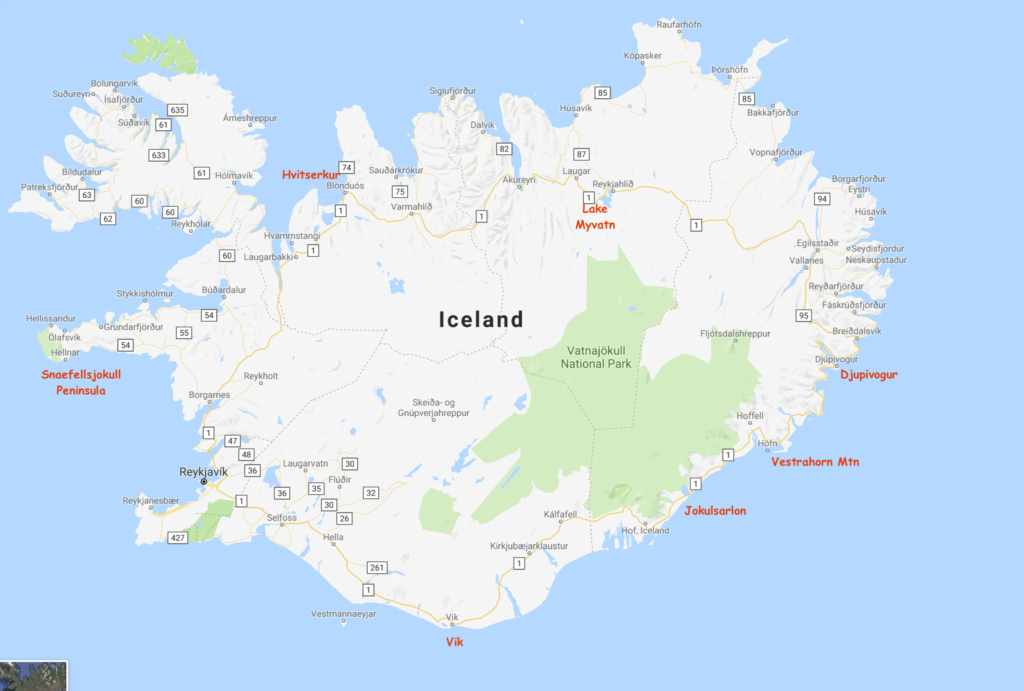
Snaefellsjokull offers some of the country’s most impressive coastal views. Shown below is the Katklettur Arch (which is accessed by a hike over the safety fence down an 80 ft cliff). Had the op to do this pre-dawn to capture that sun star!
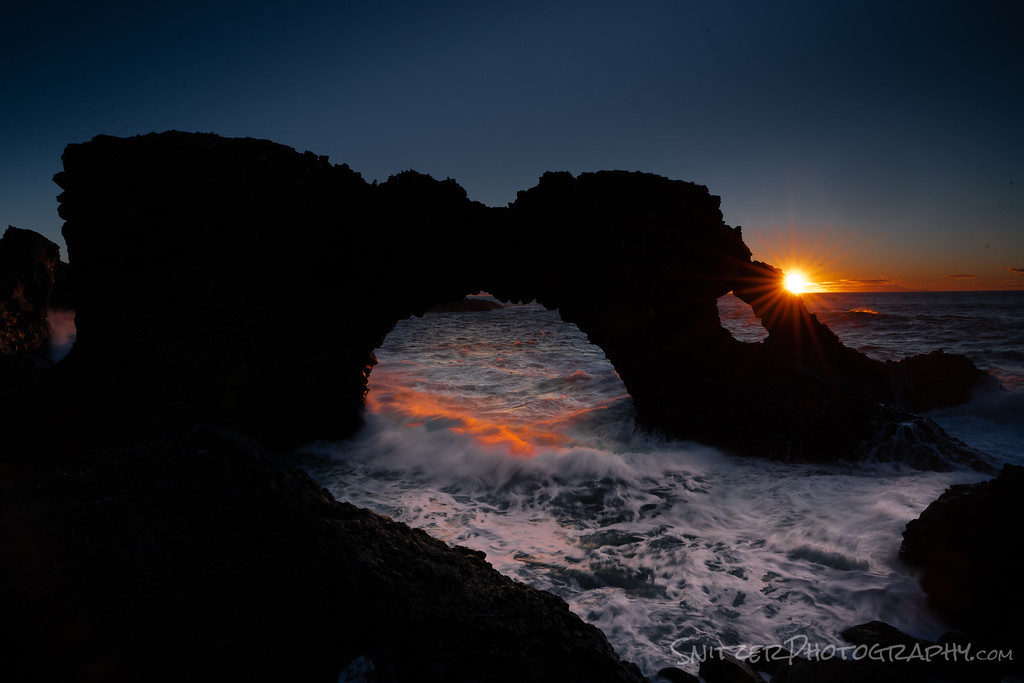
About 15 mins from the Arch (near Djupalonssandur) lies a remote stretch of Basalt lined beach (a bit of hiking to access) looking back on Snaefellsjokull Mountain. By the way, the mountain is famously immortalized as the access point to the Earth’s center in Jules Verne’s novel Journey to the Center of the Earth.
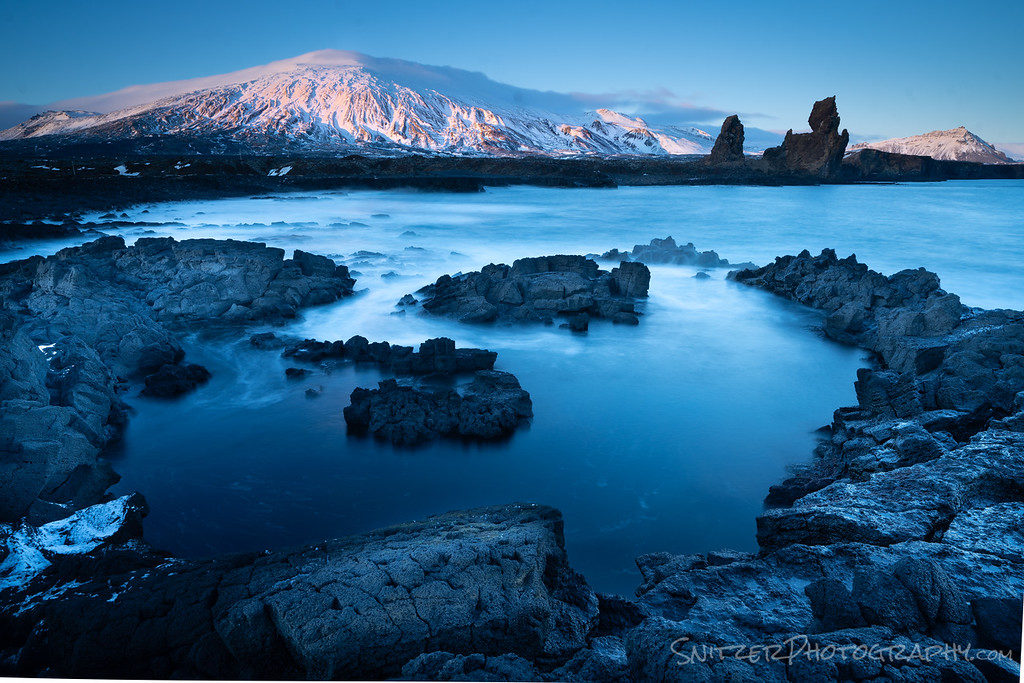
Winding our way up north I totally hit the jackpot. Not only do I get to check out the Hvitserkur Sea Stack, but view it back lit by some badass dancing Northern Lights. Did I mention the hike down the icy cliff to the beach (wearing micro-spikes) & a headlamp in the dark?
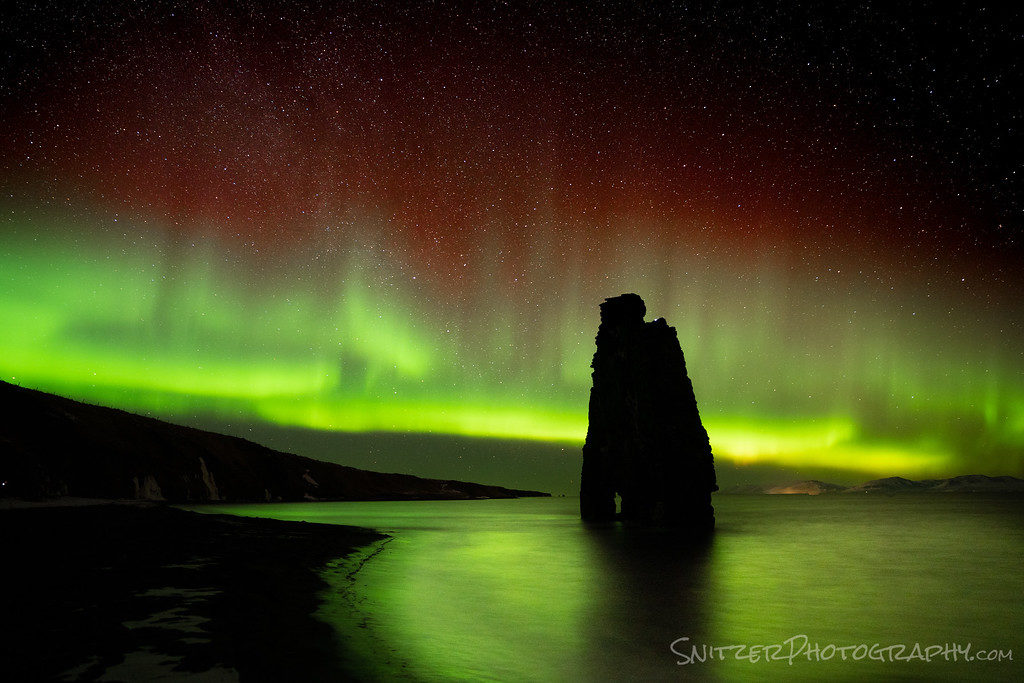
Back on the road heading due East we hit the Lake Myvatn region, home to perhaps my favorite waterfall on Earth, Godafoss. Its crazy blue color comes from water born minerals and the surrounding snow that reflects and accentuate the color. PS. In Iceland if it ends “foss” it’s a waterfall.
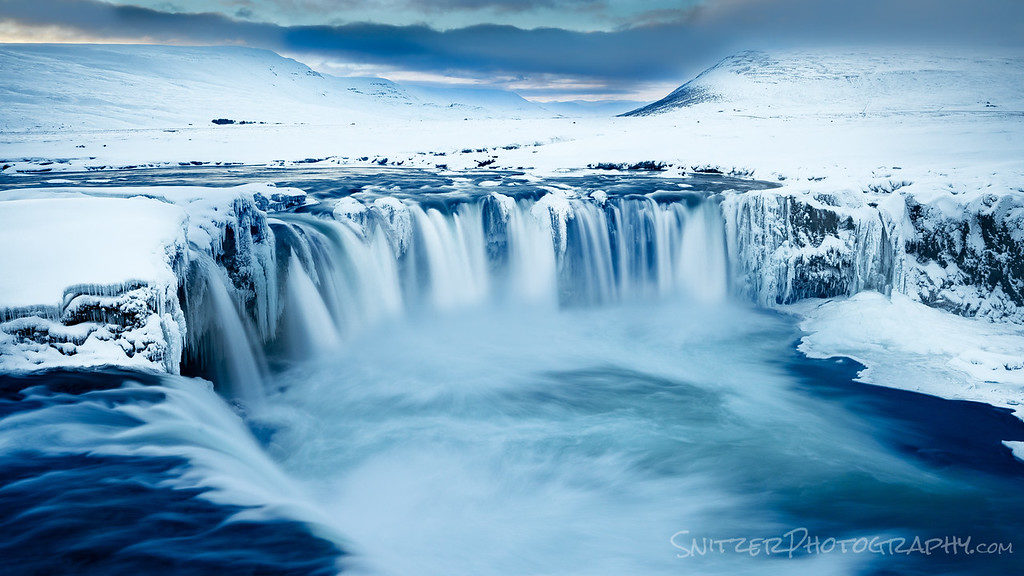
On route to the waterfall there are some great lakes/ponds to explore.
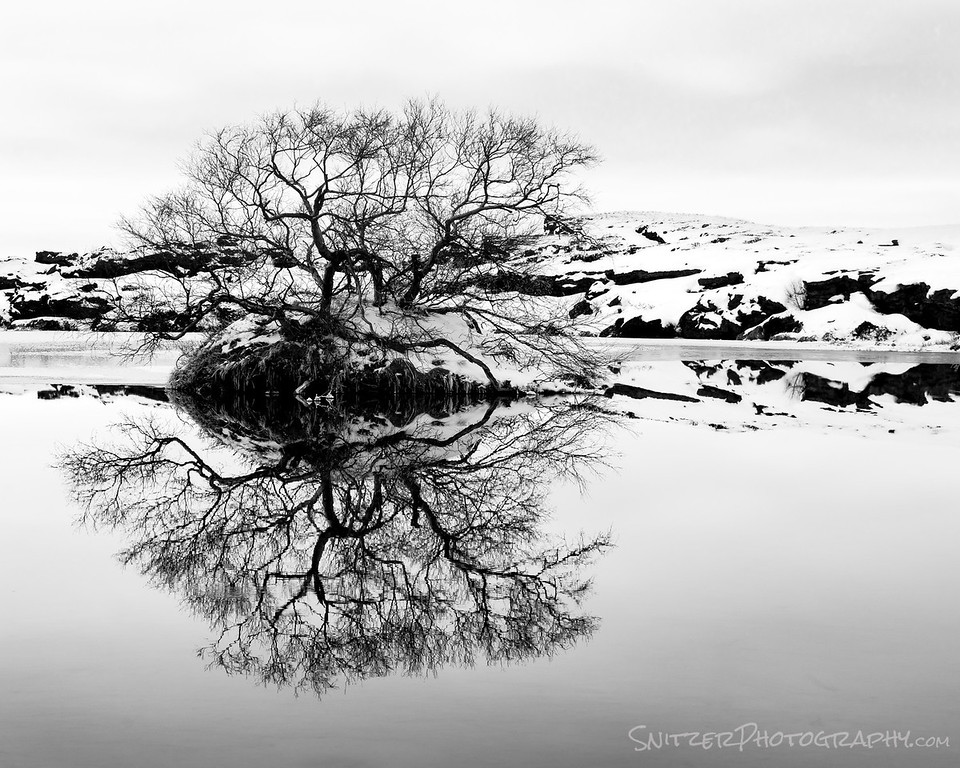
I’ve worked my way to Iceland’s East Coast. Driving towards Djupivogur at day’s end a clearing storm is looking pretty impressive. Jump out and run approx. 3/8 mile towards the shore line. The coast is littered with spots like this. Talk about a target rich environs.
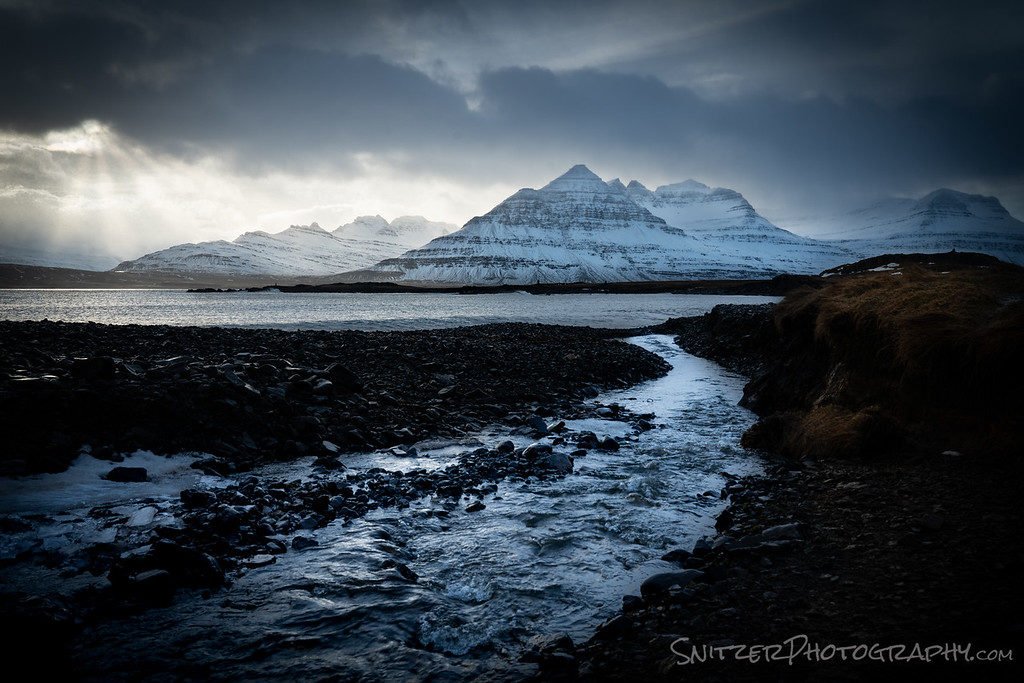
Vestrahorn lies about one-hour South. The mountain is framed by some treacherous rocks in the foreground. Easy to get grabbed and taken for a wash (along with your equipment) by the occasional rogue wave that washes up.
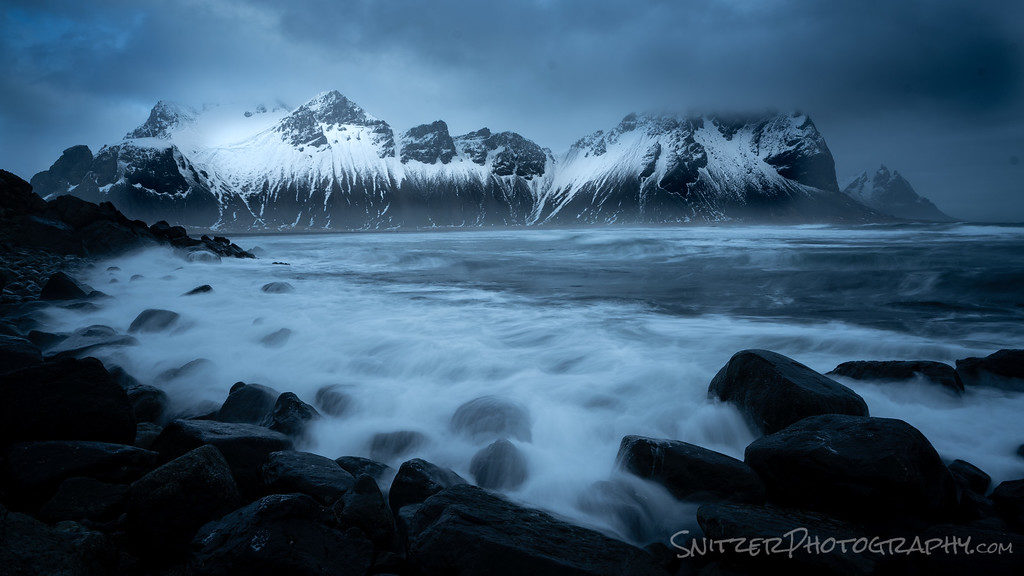
The following several days are spent in Jokulsarlon. The area hosts the well known and often visit Ice Lagoon as well as some amazing ice cave (which require jeeps with giant 42 inch tires to access. 40-minute climb onto a glacier).
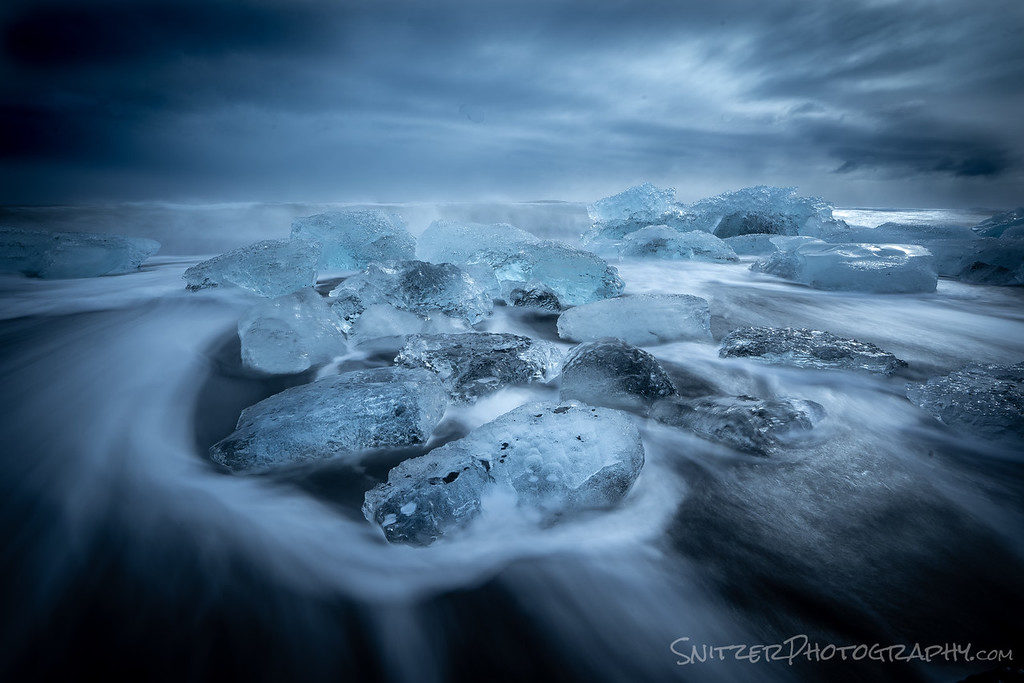
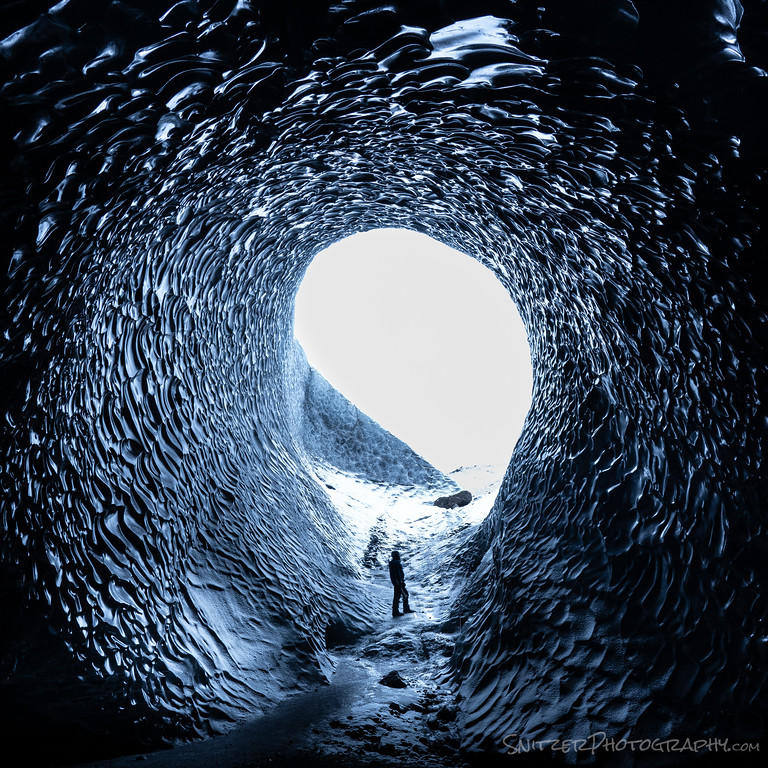
Excited to see more! I’ve just scratched the surface here. Click here to see more images!
The revolution in indoor sports photography!

For years, sports photographers were forced to employ use high power strobes in gyms to get noise-free, sharp images. Most of the content you viewed in Sports Illustrated was shot with expensive monolites installed in the ceilings of arenas.
Shown left is an example of this type of lighting (I shot several years ago during the Illinois HS State Tournament).
Recently, new sensor technology has produced cameras that:
1. Can produce clean images at ISOs of 3,200 or even 4,000 and
2. Are ISO invariant. Ergo, you can recover photos that are underexposed by 2 or 3 stops (actually up to 5 stops depended on the sensor).
The image below (without strobes with a Sony 7A III, ISO 3200, 1/500 @ F4.5) was shot 1.5 stops underexposed and recovered in post-processing.

How I dial in my settings to get great results every time (when shooting indoors).
1. You’ll need a camera that’s ISO invariant & has a fast frame rate/big buffer.
- The new Sony 7Ar III, 7A III & Nikon D850 are well suited for this. The Sony 7A III with it’s smaller sensor has the lowest pixel density and therefore best low light performance (my fav amateur camera for sports/lowest noise at high ISOs).
- The Sony A9, Canon IDX II, and the Nikon D5, favored by Pro shooters, are also tremendous but expensive options for the amateur.
- The Nikon
- D750, D810 or Canon 5d IV are ISO invariant but have frame rates/buffers that are generally too slow for indoor sports.
- Crop sensor cameras while having fast frame rates are generally not ISO invariant and generate lots of noise at high ISO levels.
2. Start with an ISO of 3,200. Your final settings may vary depending on venue brightness. You’ll probably choose an F stop between F4 & F5. This provides plenty of light to the sensor and reasonable depth of field. Remember, you have very little time to focus on a crowded basketball floor. Depth of field is your friend for indoor sports!
3. Does your location on the court impact your exposure settings? Yes? I’m typically behind the basket or along the baseline. I’ll be shooting wide @24-35mm in tight and at long focal lengths up to 100mm to capture midcourt action. The maximum focal length will determine my choice of shutter speed.
4. Shutter Speed: Typically I like to shoot at least 3x of my longest expected focal length to avoid camera shake and blurry players. The basketball game (shot above) was photographed with a 24-105mm lens. A shutter speed of 1/400 to 1/500th would be more than sufficient to stop the action. Note: if I’m using longer glass, I’ll likely need a faster shutter speed.
5. Fine tuning my exposure. I always shoot in manual mode. I’m trying to underexpose by approx. 1.5-2 stops. My histogram will be near the left, but not clipping in any underexposed portions of the image. Because my sensor can easily be pushed 2 stops or more in post-processing, this allows me to use faster shutter speeds and achieve better depth of field. In this case (my hoop game), I was able to shoot at F5.0 and 1/500th of a second (still not having any dark areas clip on the histogram).
6. As you can see, the Sony easily produces noise-free images at ISO 3,200. Note I increased my exposure in Lightroom (adding approx 1.5 stops) & added Luminance Noise Reduction (usually between 30-40).
7. Focusing. I use back button autofocus (single point, with servo tracking) to get a critical target lock.
8. Shooting outside? Shooting with an ISO invariant camera also allows you to avoid using the crazy expensive glass when shooting outdoors. For years, my go-to soccer set up required carrying two cameras on the field (ouch, my aching back!):
- Camera I: 300mm F2.8 . Great lens yes, but over $6,000, massive and heavy. I needed a fast lens to shoot night games since my camera, at the time, would get noisy at ISOs above 1,000.
- Camera II: a 70-200mm F2.8 on my hip for closer in work.
- Walking around with two cameras was not fun.
- My go-to set up now requires only camera/lens: a 100-400mm F4.5-5.6. It’s tack sharp and with the ability to shoot at ISOs north of 3,000 I’m covered (don’t need to shoot at very large apertures). It’s a relative bargain at $2,500 & has greater range. Even at F5.6 I still get great Bokeh (backgrounds out of focus).
9. Don’t forget to turn the image stabilization (IS) off. IS won’t help you when tracking moving objects, it simply slows down your camera’s ability to focus/track.
10. Post-processing tip: In addition to increasing the exposure I often will add a vignette to the image to draw the viewers attention towards the subject.
Happy Holidays: Best Snitz Photos of 2018!
What a bomber year! Honestly, I’m a very lucky duck to have explored some wonderful new locations and returned to some old favorites. Thought you might enjoy seeing a few highlights. (click on any of the photos or the link at the bottom to see the full gallery)
Back in the States, late September/early October brought some extraordinary foliage & color to the Rockies. My journey included Yellowstone, Teton, San Juan, Arches, Canyonlands, and Escalante/Grand Staircase National Parks.
The image below was captured while trying to outrun an approaching storm in Utah’s Castle Valley. Ten minutes after the rainbow appeared, I was being pelted by 1/4 inch hail and 40 MPH winds.
The most unique place visited? Visually, that’s got to be Iceland. Winter travel involved braving some high winds and a ton of rain. Totally worth it.
A self-portrait featured below in an ice cave located in Skaftafellsjokull. The bluish glow comes from sunlight overhead penetrating the ice that forms the ceiling of the enclosure.
The above shots just crack the surface. Click the link to see some more of my favs! Link to best of 2018!
In the meantime, wishing you Happy Holidays and best wishes for 2019.
Chasing fall color out West!
Go big or go home baby! You want fall in the Rockies? How about Yellowstone, Teton Nat Park, San Juan Nat Forest, Arches, Canyonlands, Zerkels, Escalante/Grand Staircase! Did I forget to mention the Badlands? Four weeks, 6100 miles… What a trip!
I know. I need to quit chasing rainbows (Castle Valley outside of Moab Utah).
Ok, now that I’ve got your attention, let look at the map. Where are all these places?
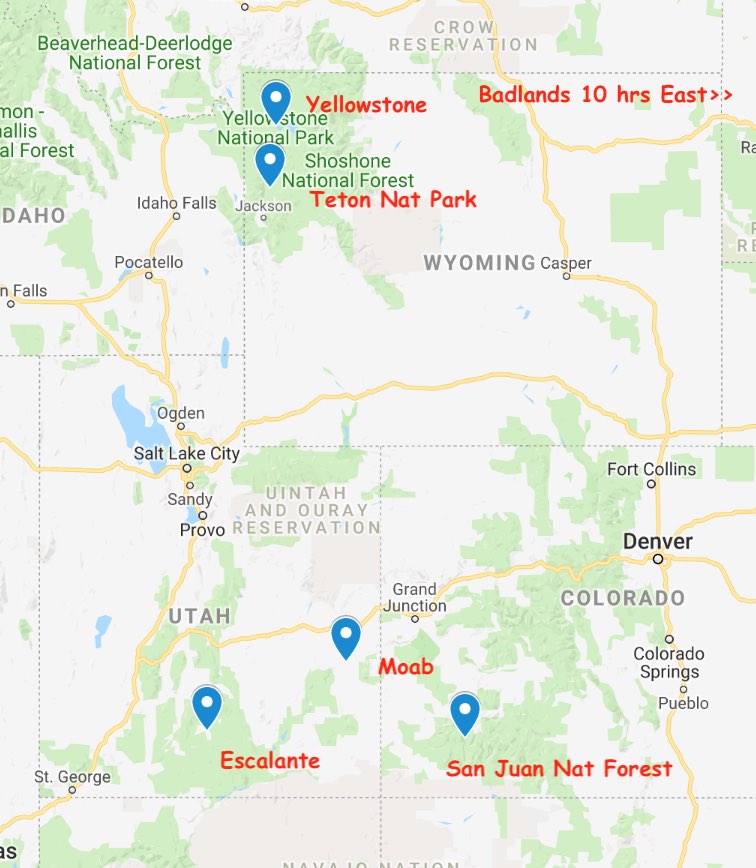
My photo expedition started in the Dakota Badlands on route to Yellowstone. This otherworldly moonscape is a great intermediate stop when heading out West (from Chicago) and can be combined with trips to nearby Mount Rushmore, Custer State & Theodore Roosevelt Nat. Parks.
Here I am surveying the lunar surface (I feel like Buzz Lightyear).
Want to see more photos. Click here to see the whole gallery.
Yellowstone is comparatively crowd free this time of year (kids back at school). It combines waterfalls, rivers, wildlife & geothermal wonders. Awesome variety sports fans!
That’s me checking out the water before I dive in. Took the photo with a remote shutter release. I know…I have the “gift”.
Ok, folks, it’s time to check out the full gallery. You haven’t seen anything yet. It gets better! I leave you with this pic of a little known secret spot somewhere in the Rockies (don’t try to pry the location out of me)! I’m sworn to secrecy.
Click link! Click for more photos!!!
Snitz’s Namibian Adventure!
Honestly, I just saw more “stuff” in the last 12 days than a Monkey’s Uncle. Overwhelmed folks! This small country sitting above South Africa offers a massive variety of imagery (& fun exploration ops).
First off, like many African nations, Namibia sports great wildlife viewing. How about this bad boy? He assumes I’m on the menu? Help!!!!!!!!
You want to be knee deep in Elephants? Bring it! Multi-generational viewing of trunk wielding grandparents, parents and kids.
Want to see the rest of the pics…click the gallery below or any of the photos!
Or some Umpa Lumpa trees under the Milky Way! Just kidding, they’re actually called Quiver Trees. Incidentally, the lack of light pollution and dry air make for the best celestial viewing I’ve ever seen. Wooooo!

Ok, time to engage the time-lapse video. Strap in. Here we go!

I know, your dying to see a map. Relax, it’s coming!
We start in Windhoek (the nation’s capital) and head out to the Keetmanshoop Quiver tree Forest. Next stop is the Kolmanskop Ghost town (near Luderitz). Yes, the country was settled by German colonizers. How did you guess?
Time to head North for some massive dune exploring in the Namib Naukluft National Park, followed by Flamingo viewing at Walvis Bay (a short drive West) & seal viewing at Cape Cross (a few hours North). You getting tired yet? Final stop…three days in the Etosha National Park for wildlife on steroids.

Ok, I’ve literally just scratched the surface here. Click below to see more photos! Woooo. Seriously, what are you waiting for?
Link for more awesome Namibia photos!
Surgeon General’s Warning: You may be loving the images and saying to yourself…I gotta bring the whole family to this place!!! Not so fast Magellan. Namibia is not an easy destination to reach. My itinerary: fly to NYC, with a quick 4-hour layover and follow with a 15-hour flight to Johannesburg, then another 4 layover and 2 hours by air to Windhoek.
After arrival plan on spending between 4-6 hours driving (2/3rds of the days) to navigate around or search for wildlife…about 50% of which may be on gravel roads. Ergo, if you don’t like driving…consider yourself alerted.
Third World Report
I felt safe traveling in Namibia. The people are friendly, make tourists feel at home and the vast majority of residents speak English. Generally, the streets & buildings are clean. That’s not always the case in some other popular wildlife destinations such as Kenya or Tanzania (which feel considerably more third world/have more poverty/crime/offer less to see outside of furry animals).
Our two local travel guides were well-educated college grads (funded by government grants), enthusiastic and most importantly entertaining. They also shared two chilling stories:
While driving into Windhoek, I noticed a huge field adjacent to the road filled with shipping containers. Something seemed awry? It turns out that 50% of Namibia’s urban population live in these container villages or tent filled shanty towns. These places operate with no electricity, plumbing or sewer system. And Namibia is considered prosperous compared to most of it’s neighbors!
Our main guide had 14 siblings. Three are from his biological mother, the rest are from 4 other women who are referred to as his mum’s sisters. They all celebrate holidays together. His father died when he was only 8 from AIDS. He describes a “promiscuous” culture that has been devastated by Aids (& has created a shortage of males/their death rates are higher). He also mentions in frustration, that most Namibians are Catholic and the Church refuses to condone the use of contraceptives to combat the epidemic.
Bottom line: as in many African countries, strong resilient residents fight to survive against the odds.

